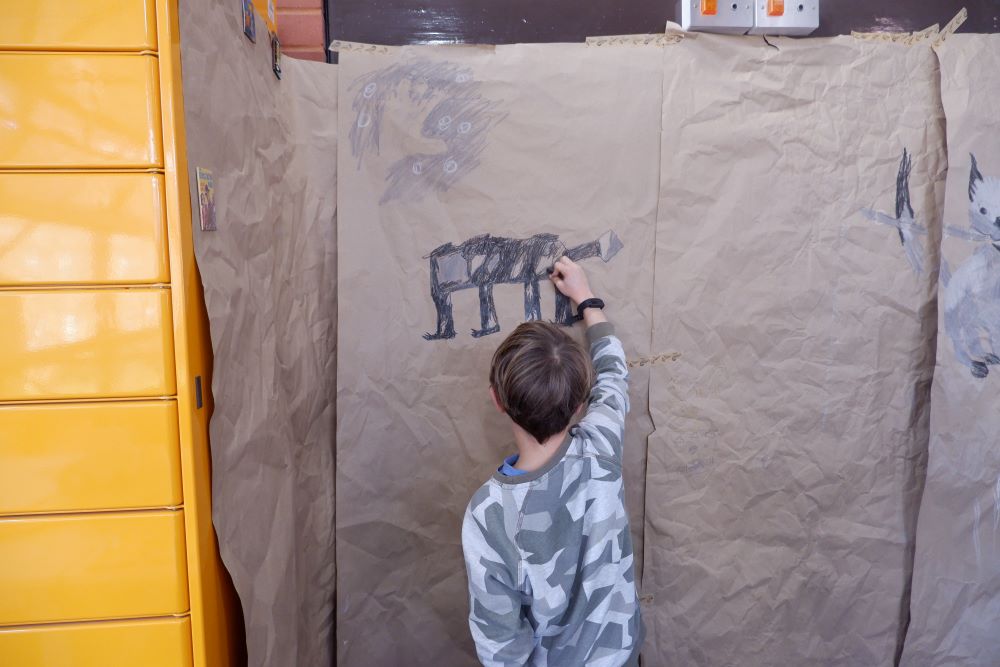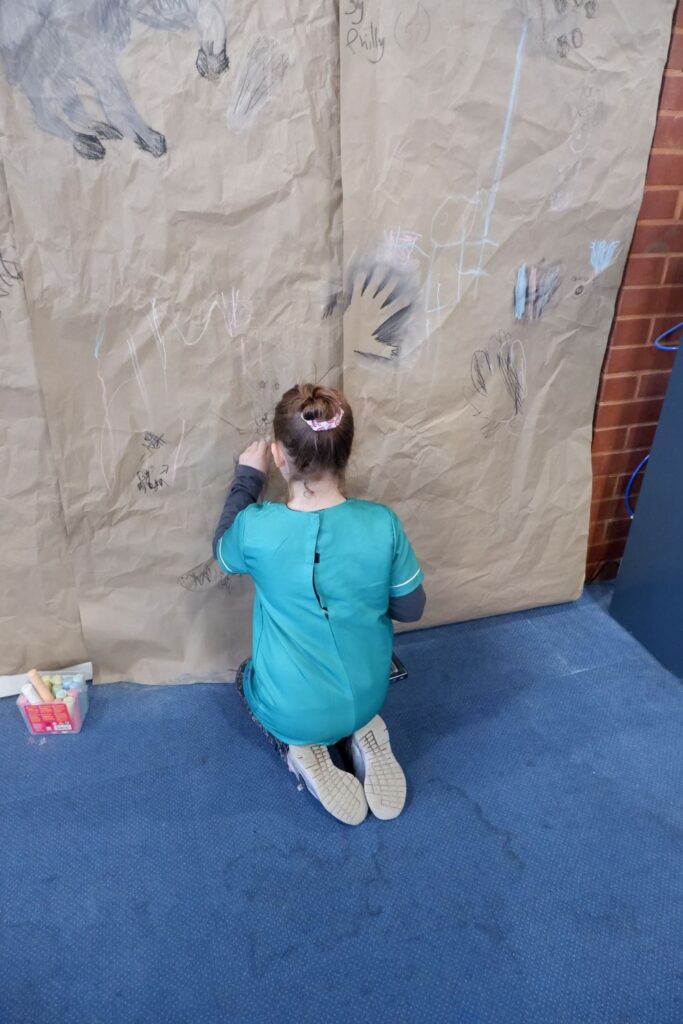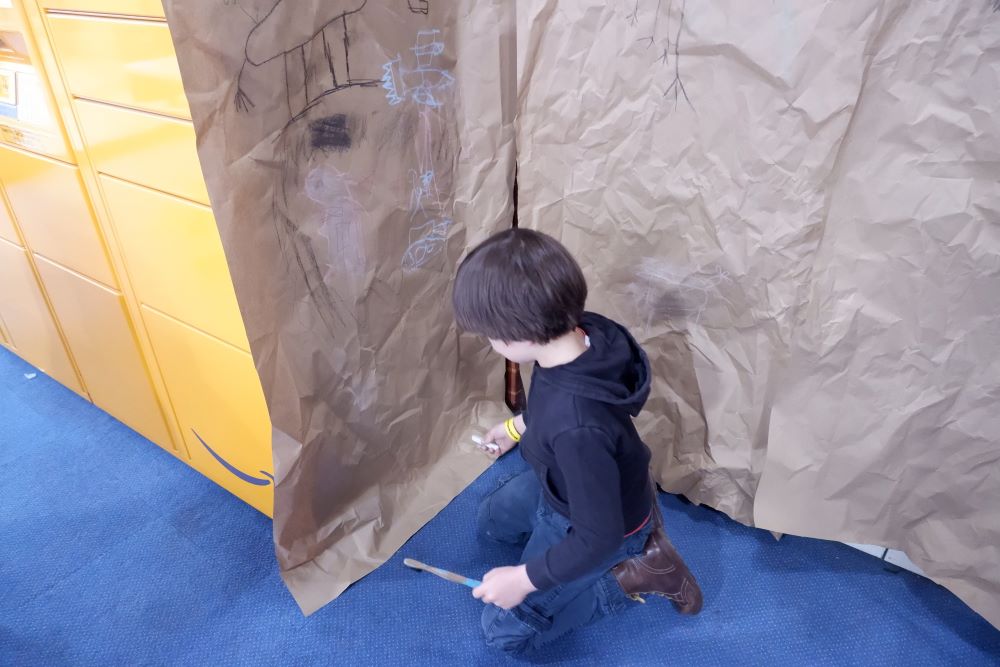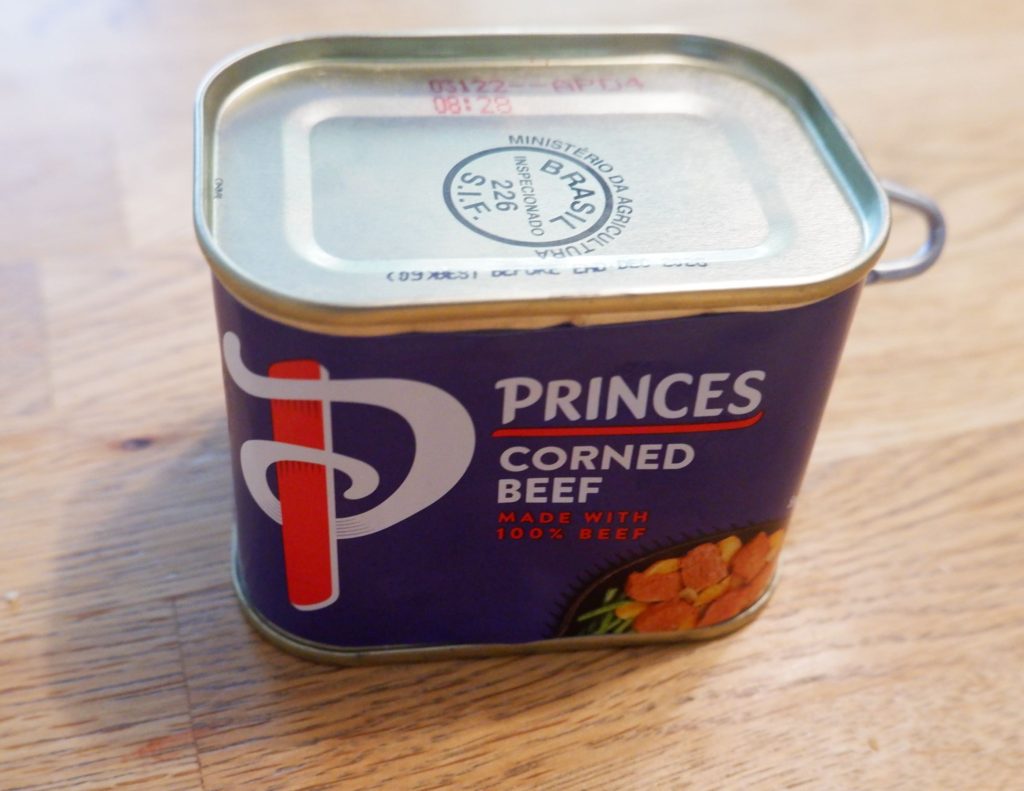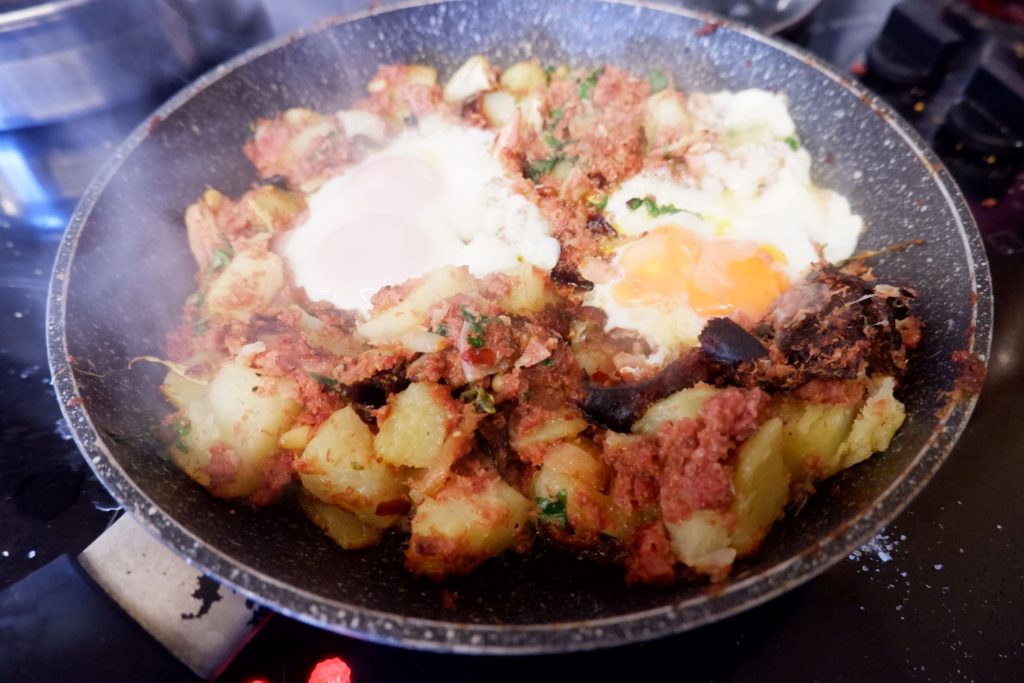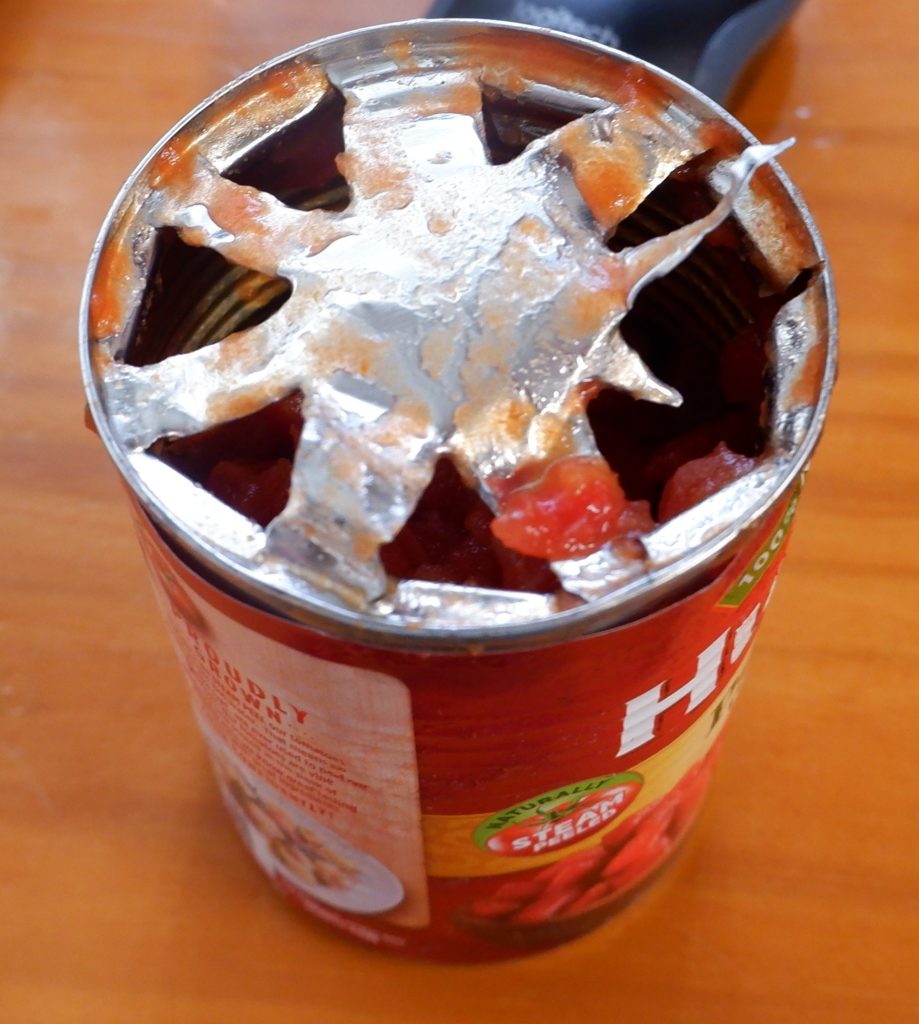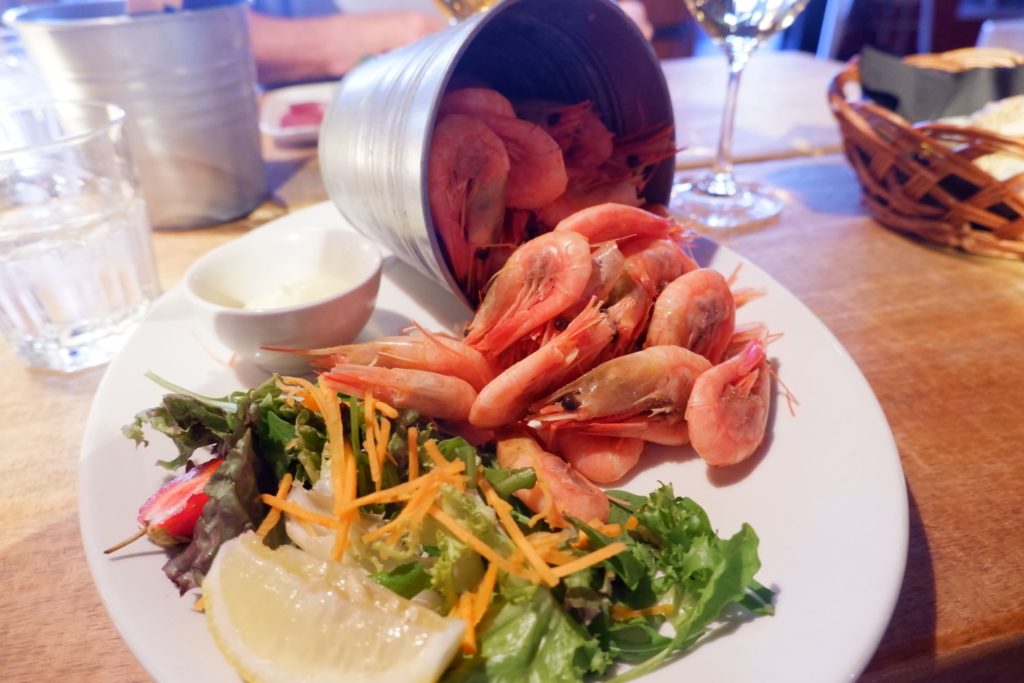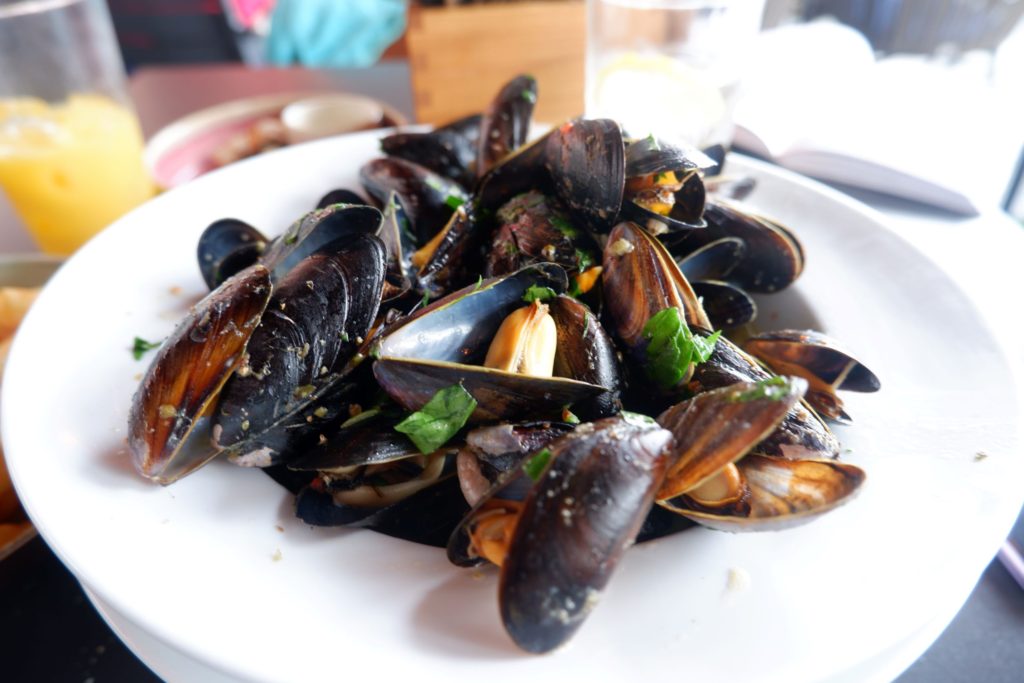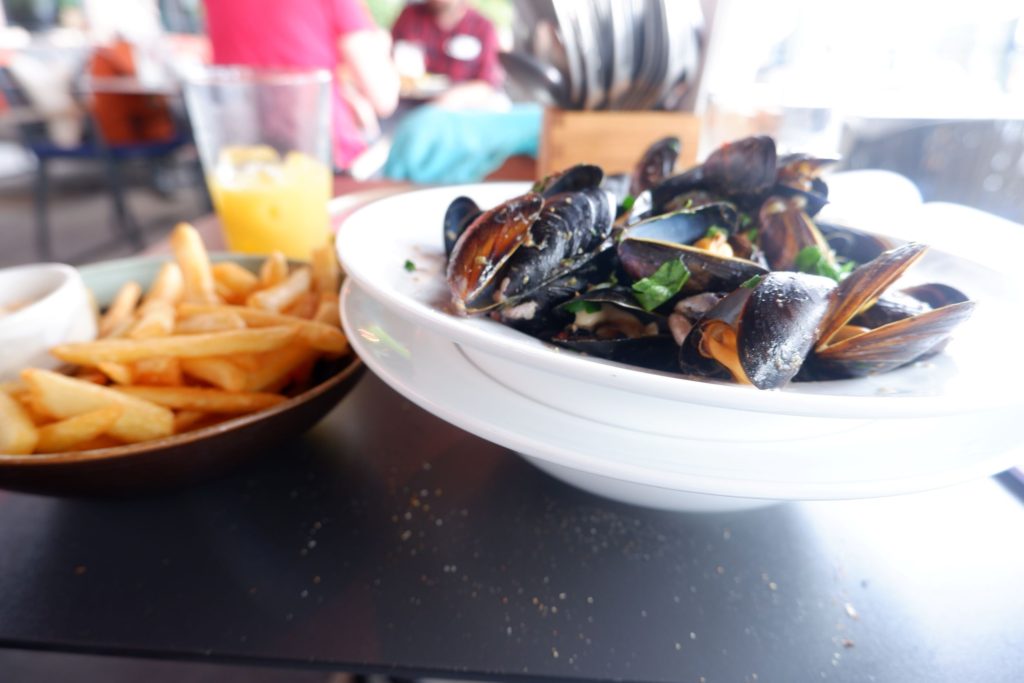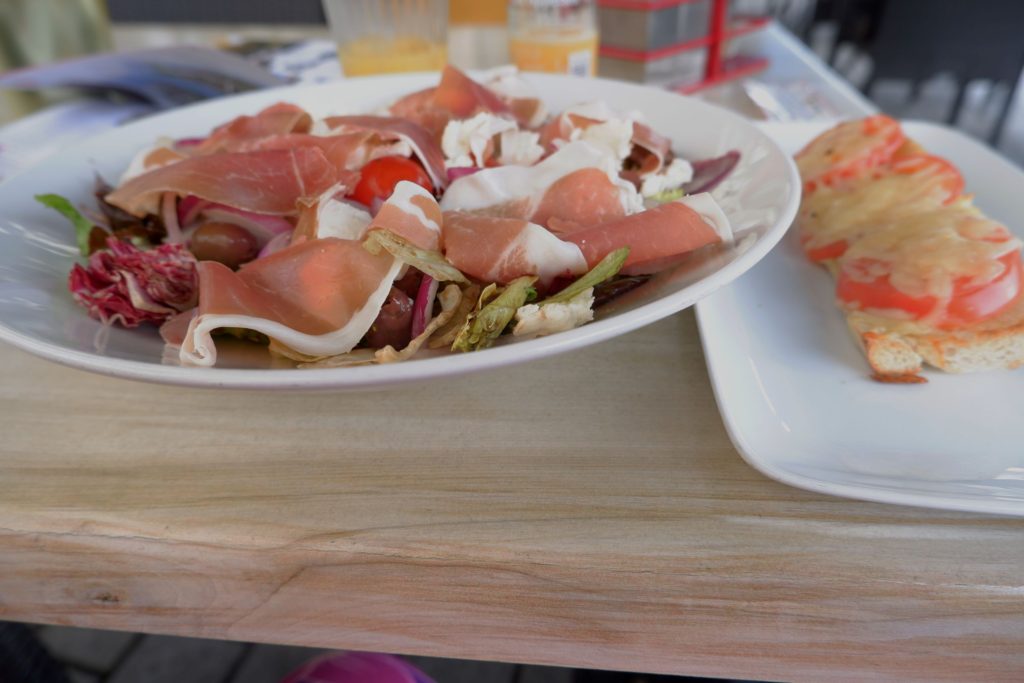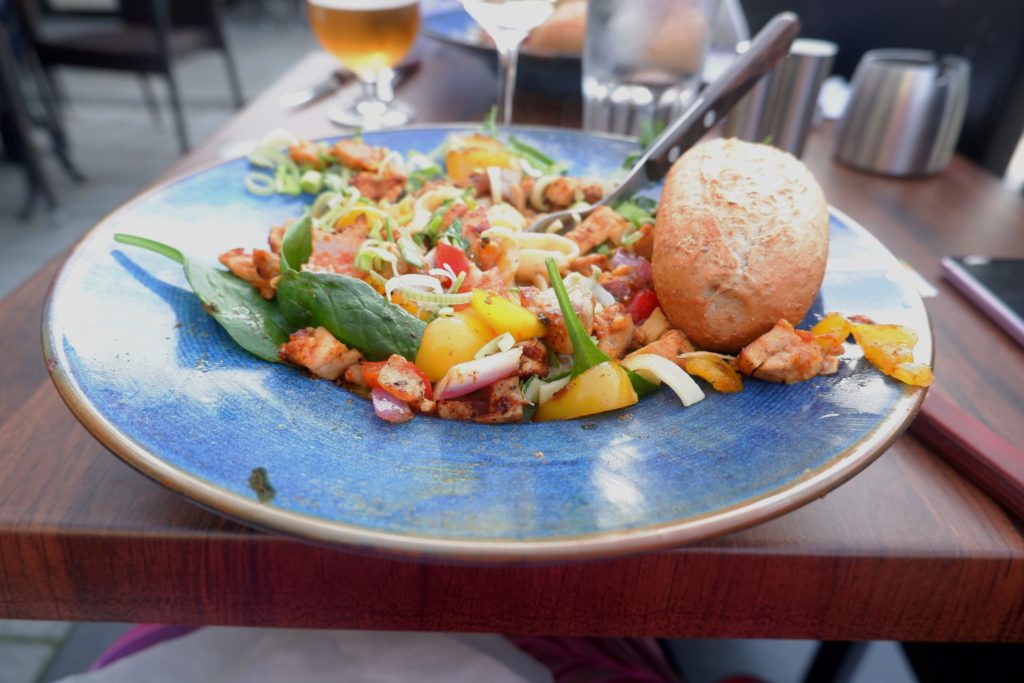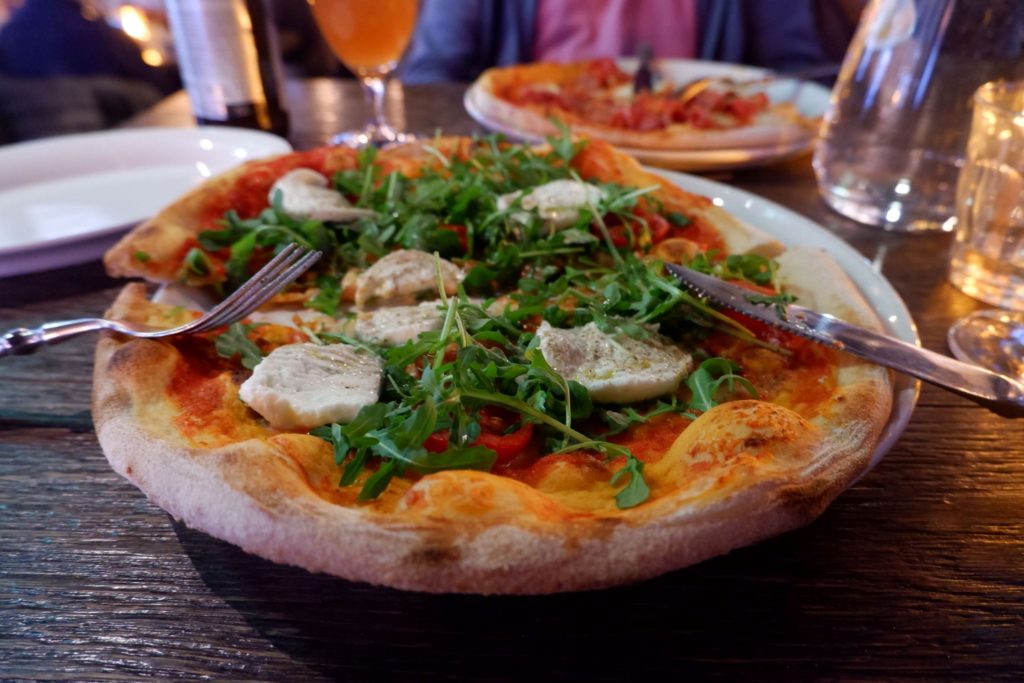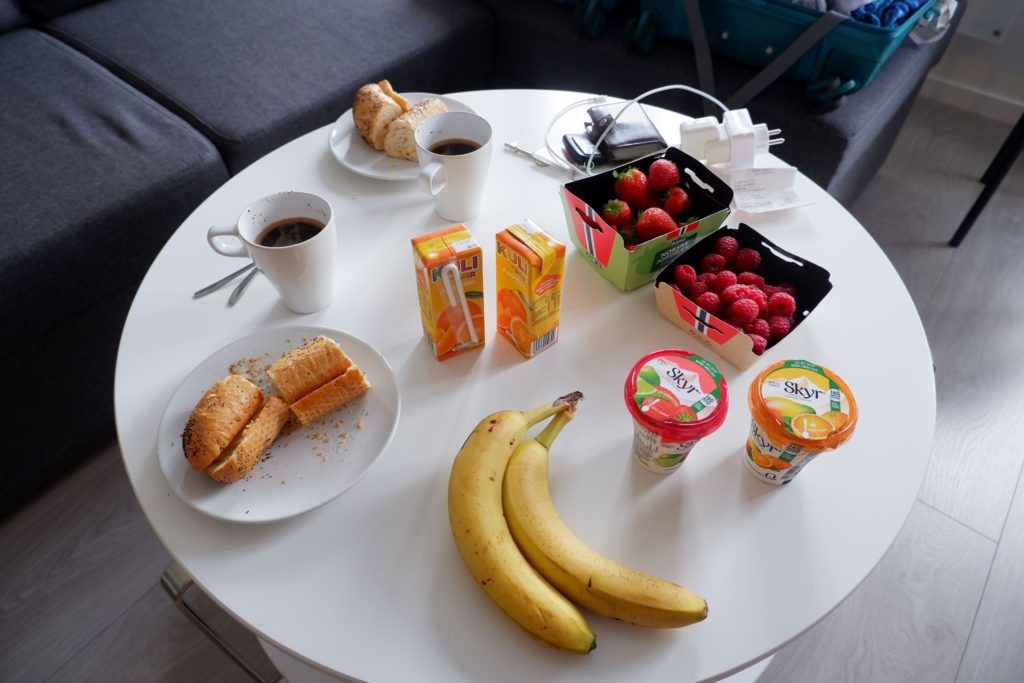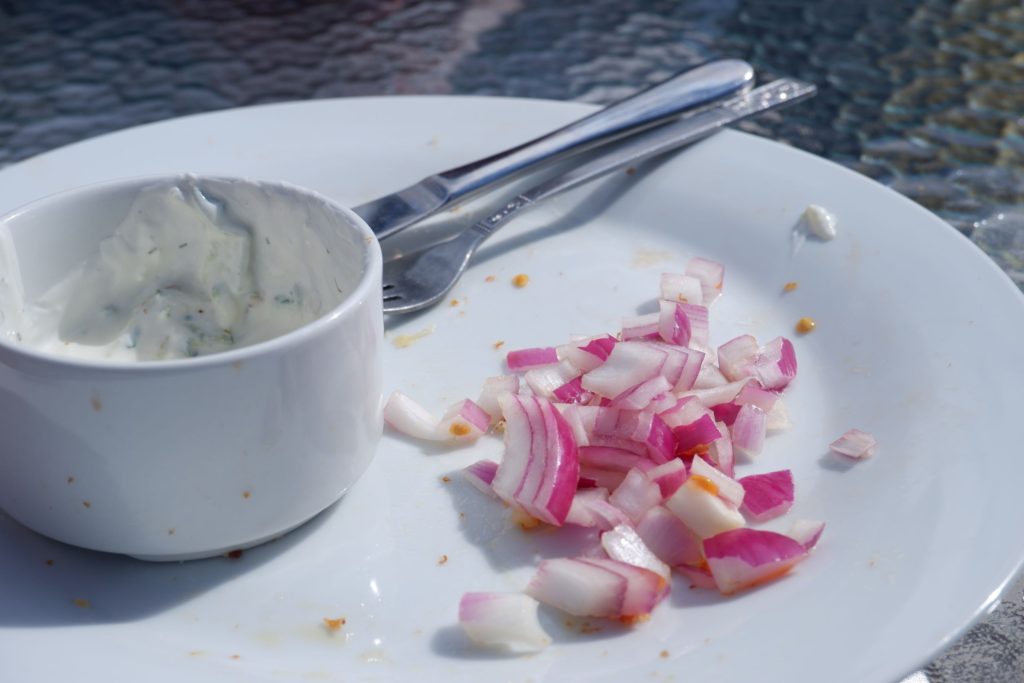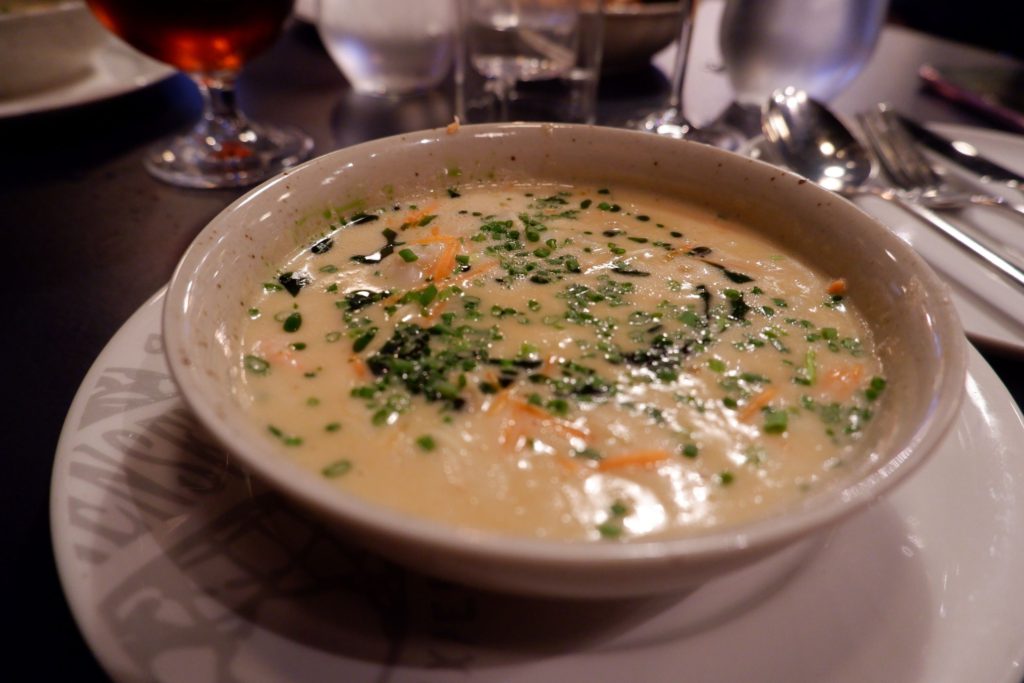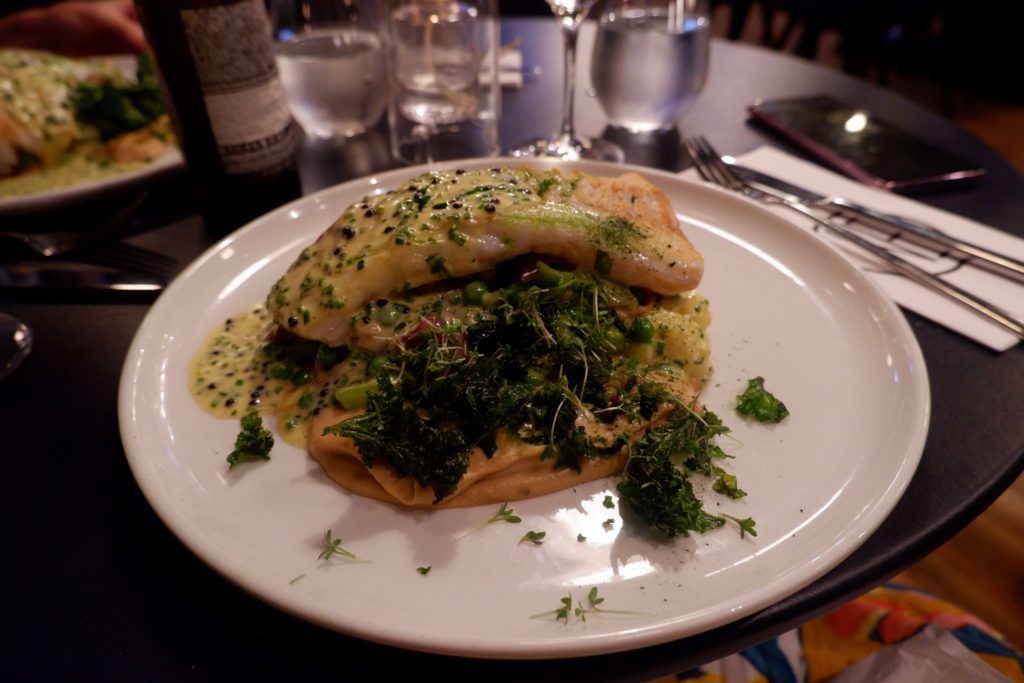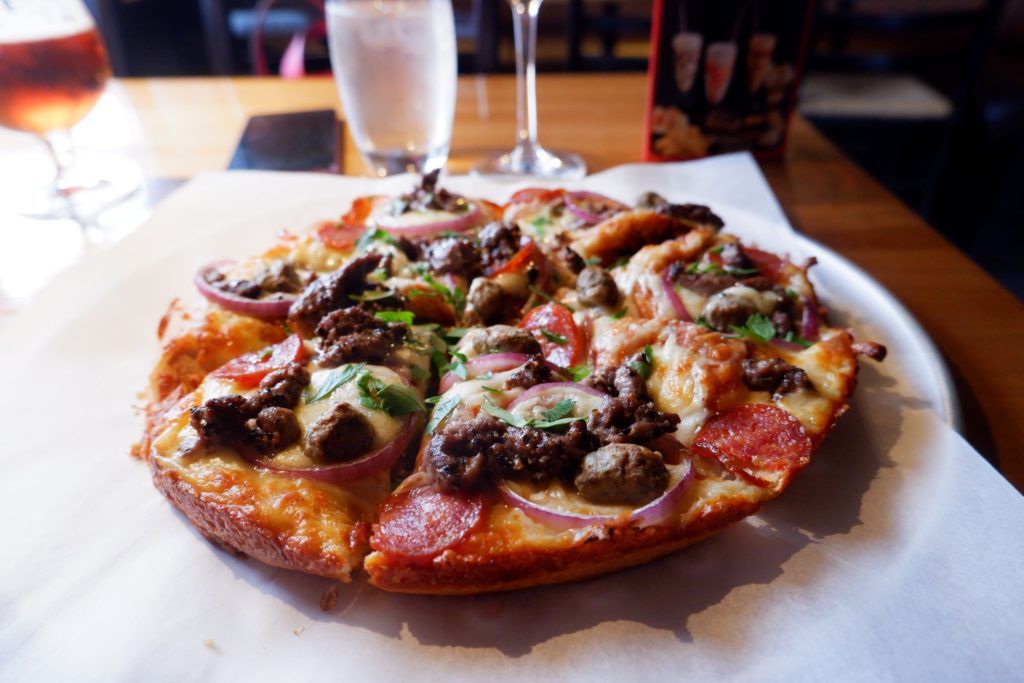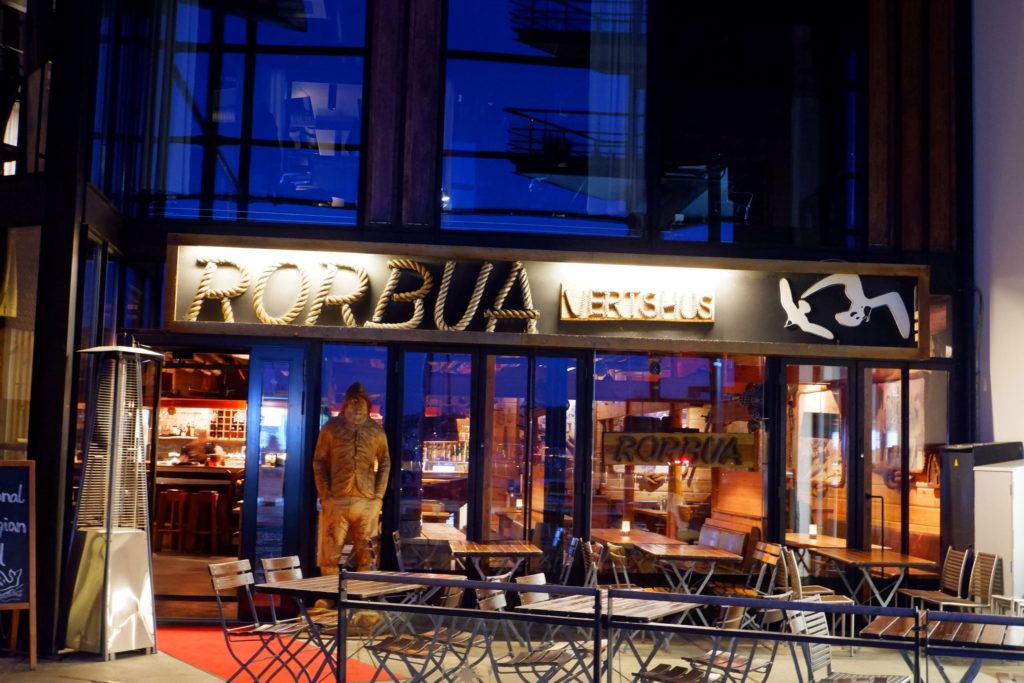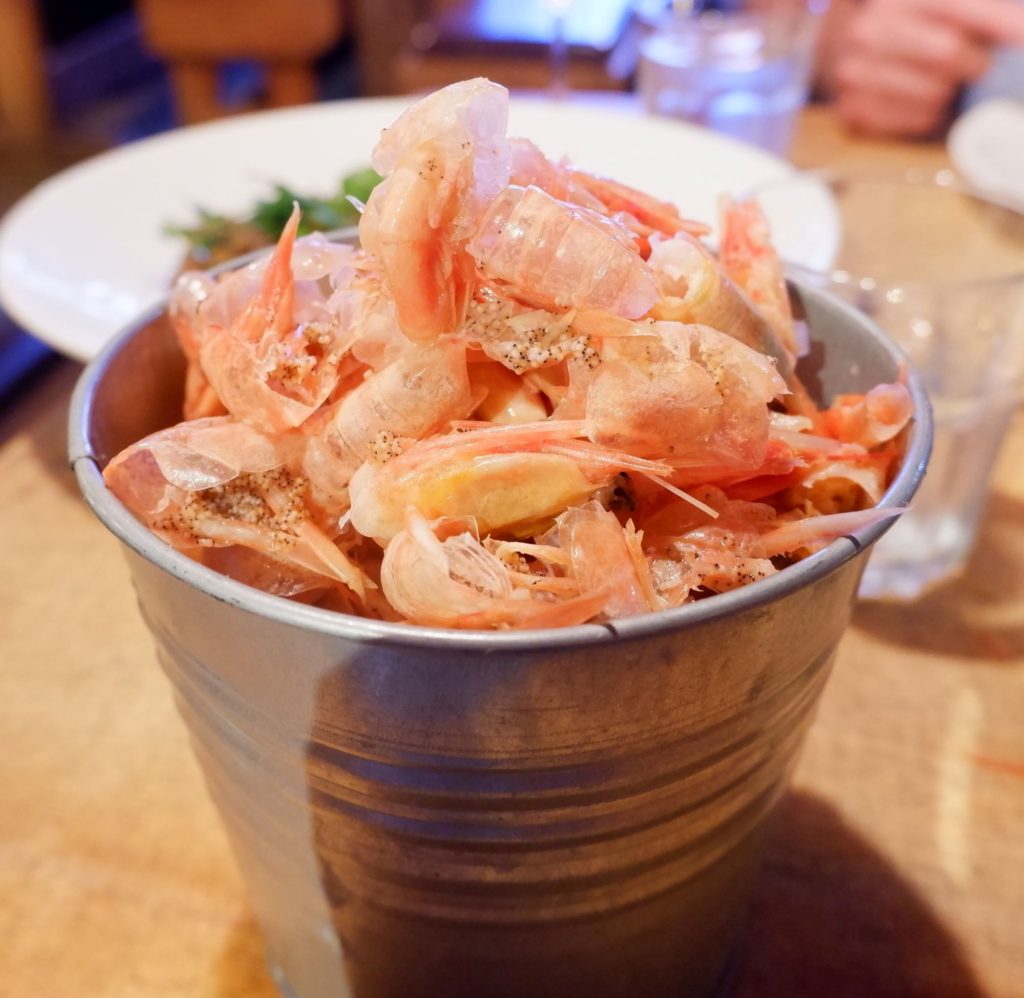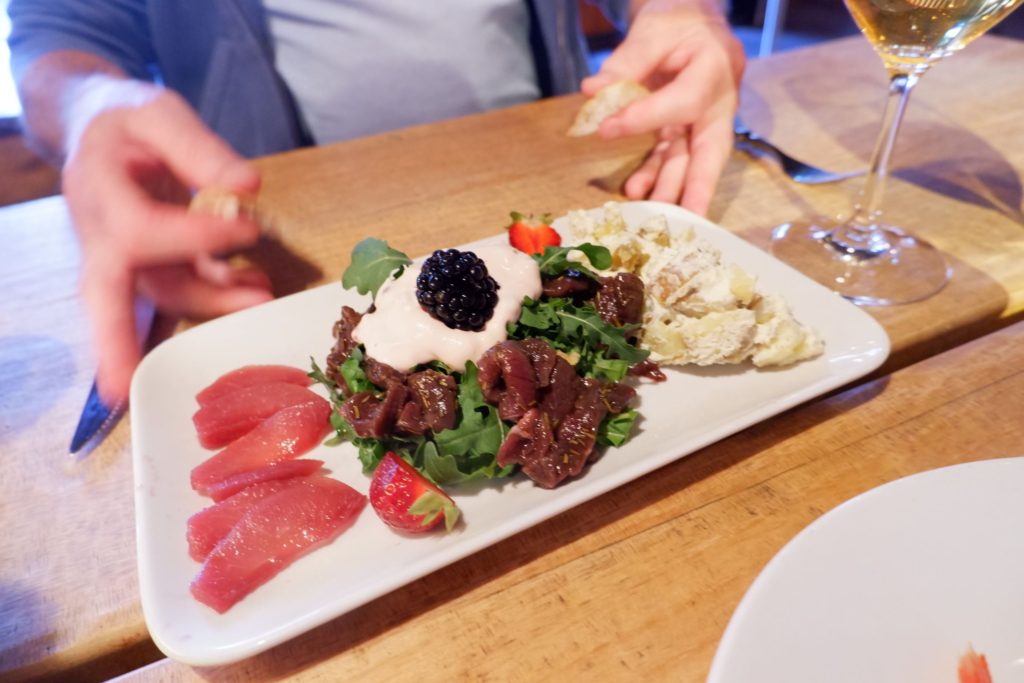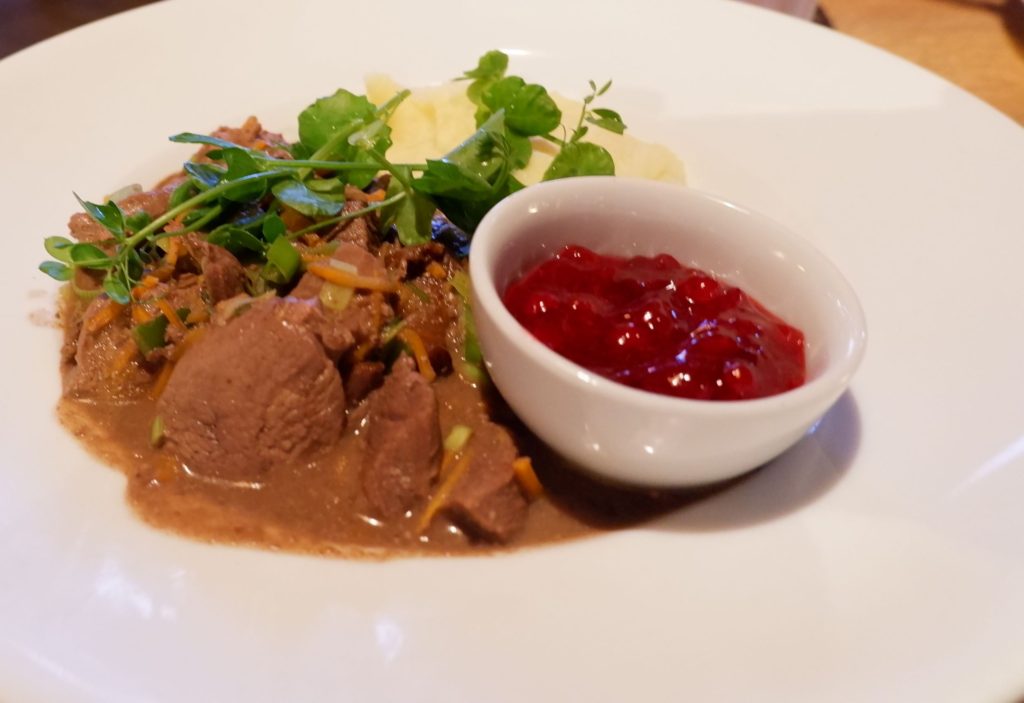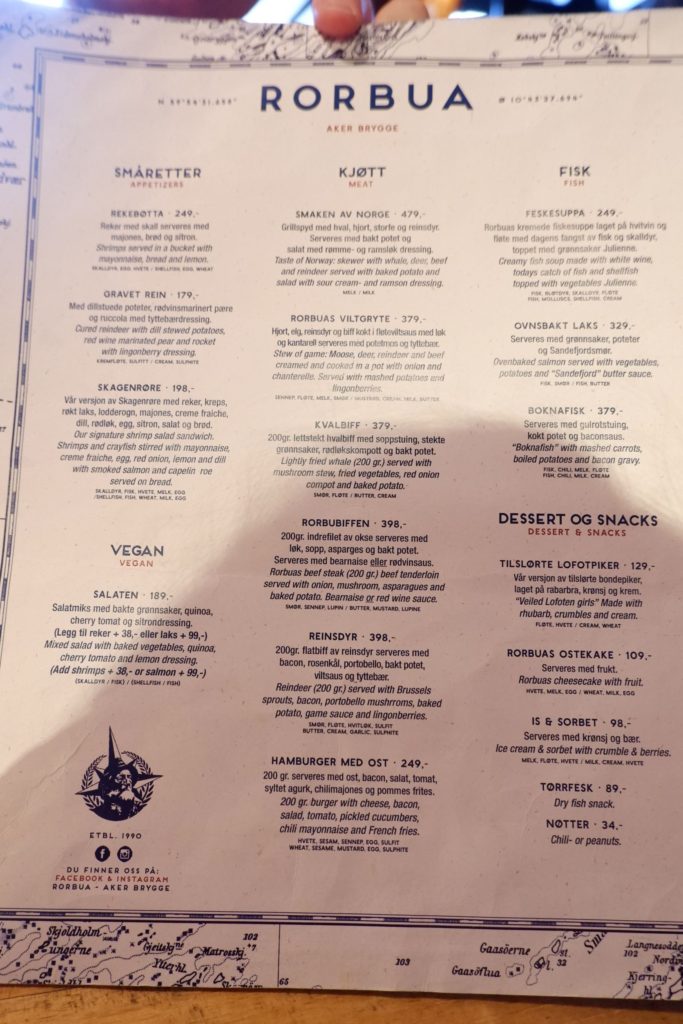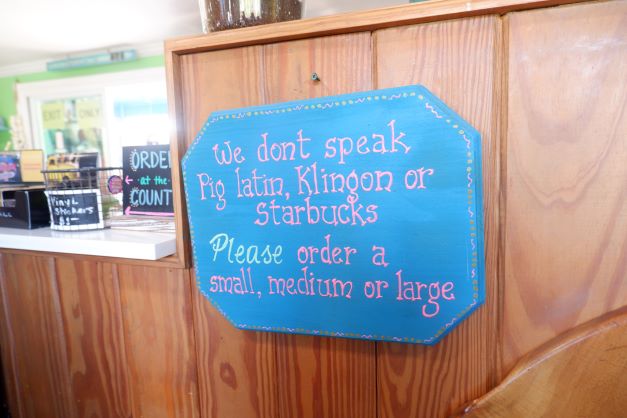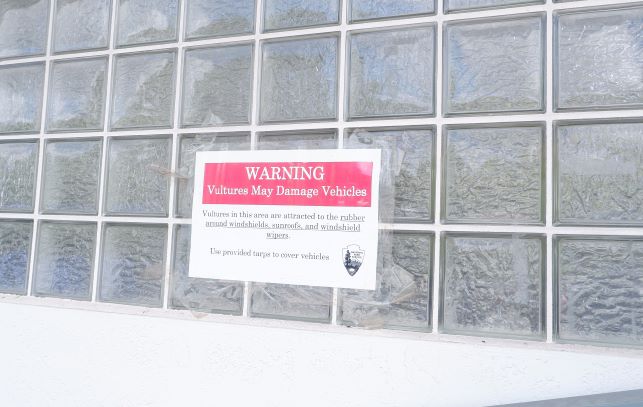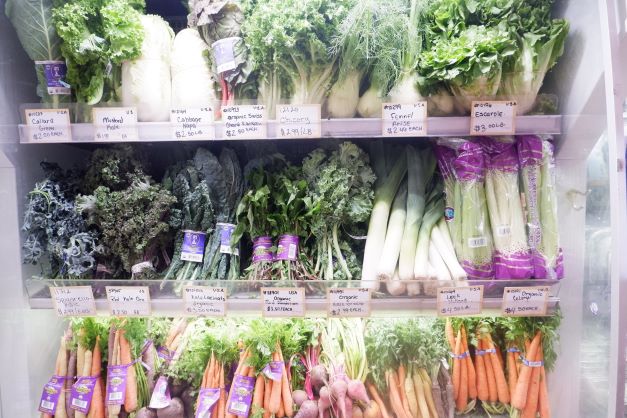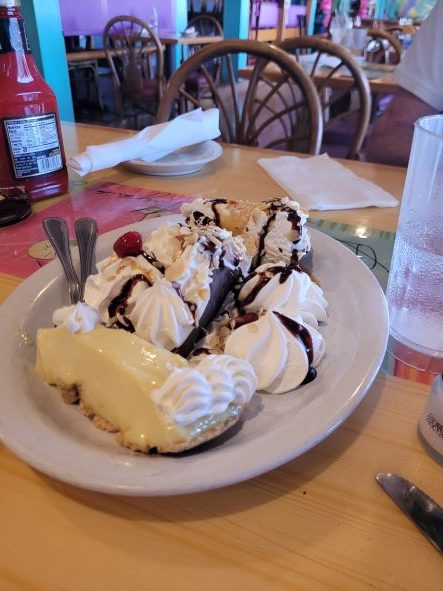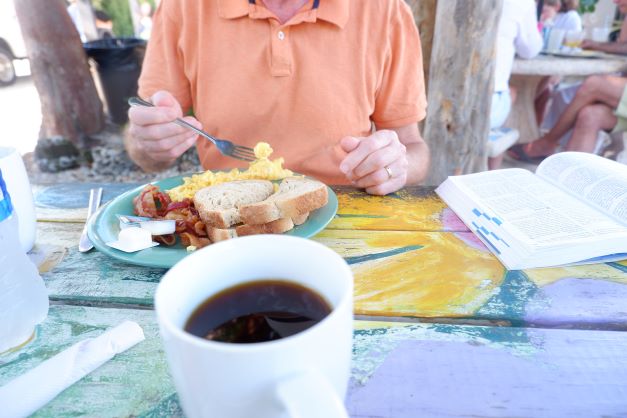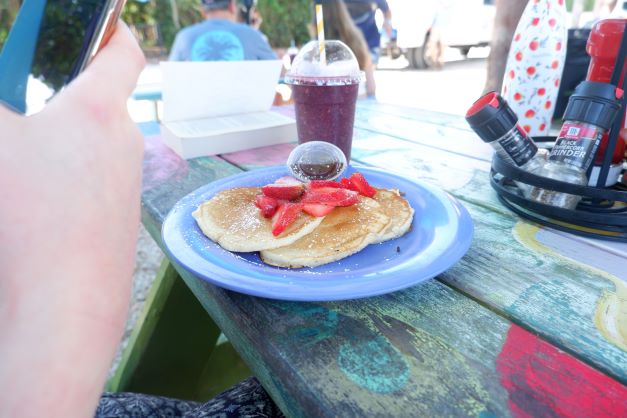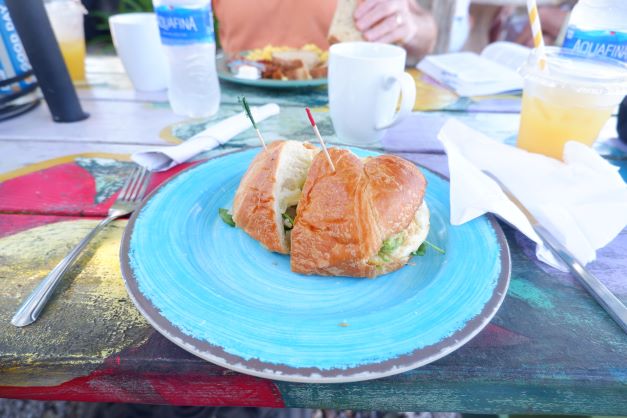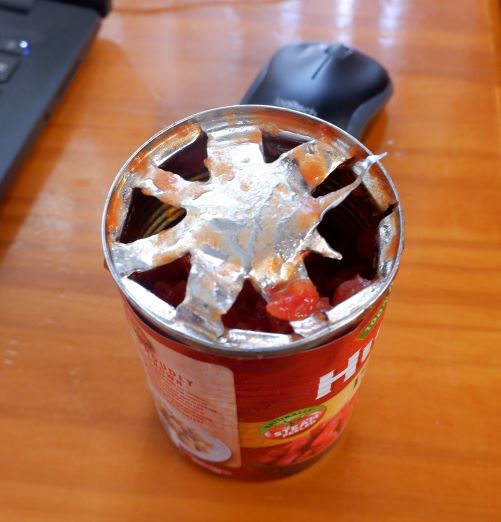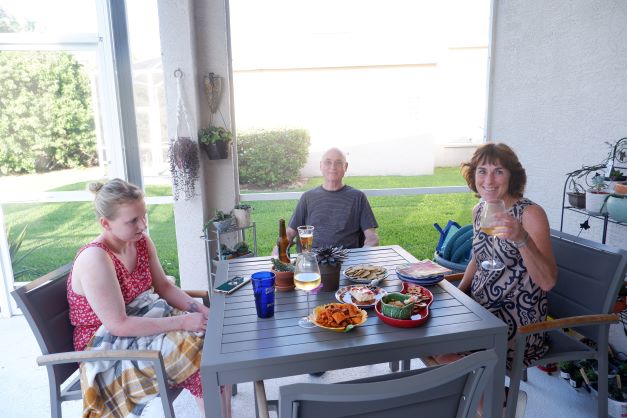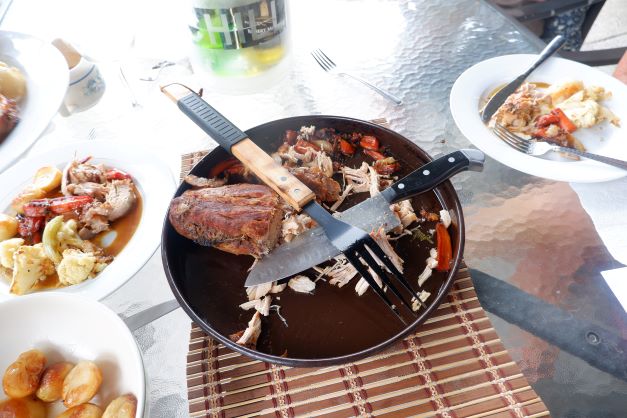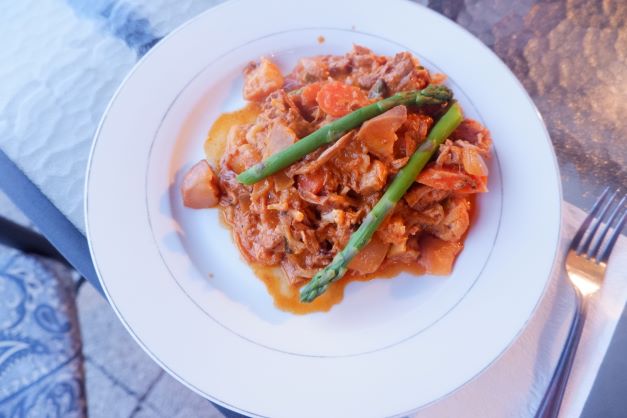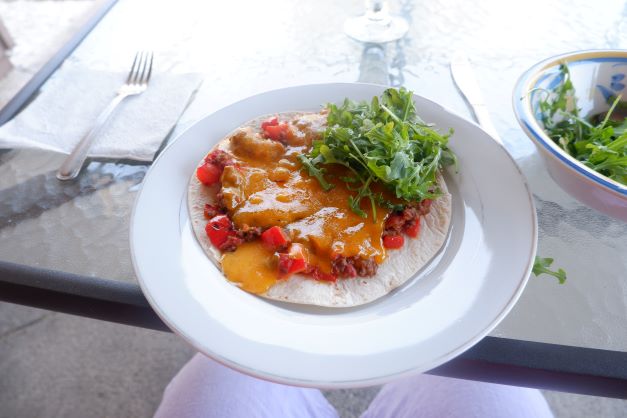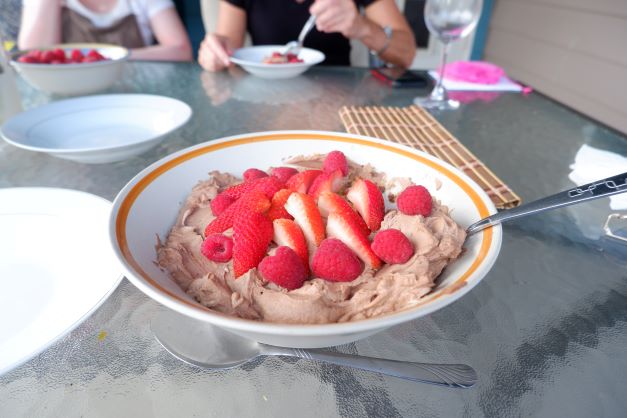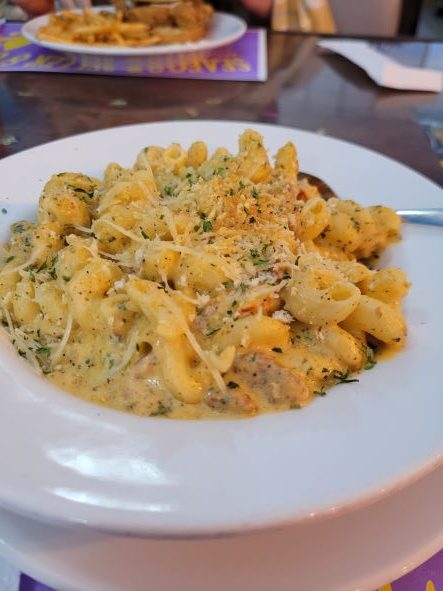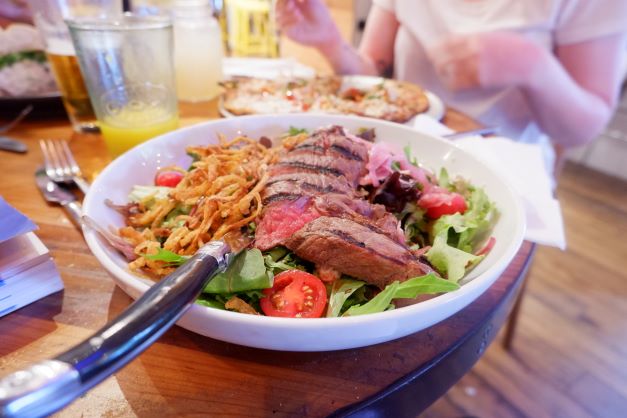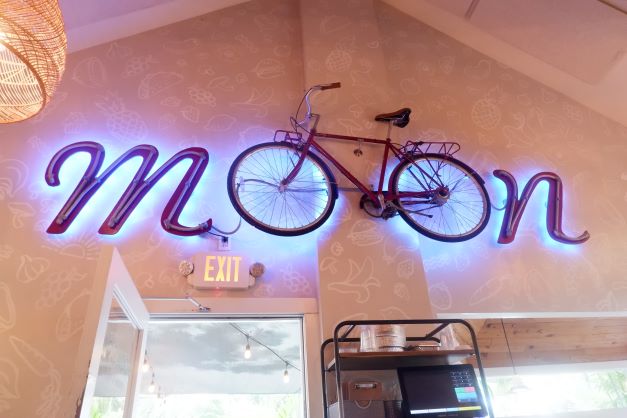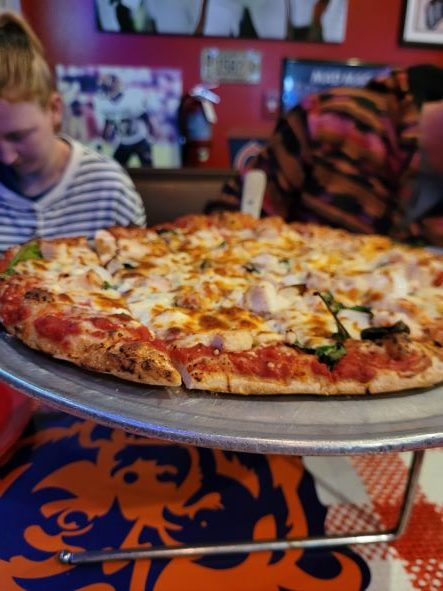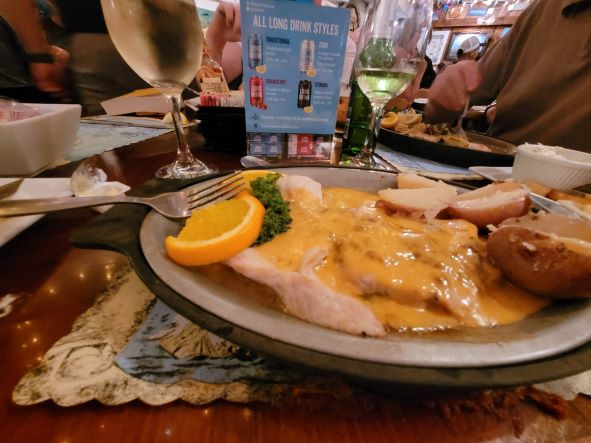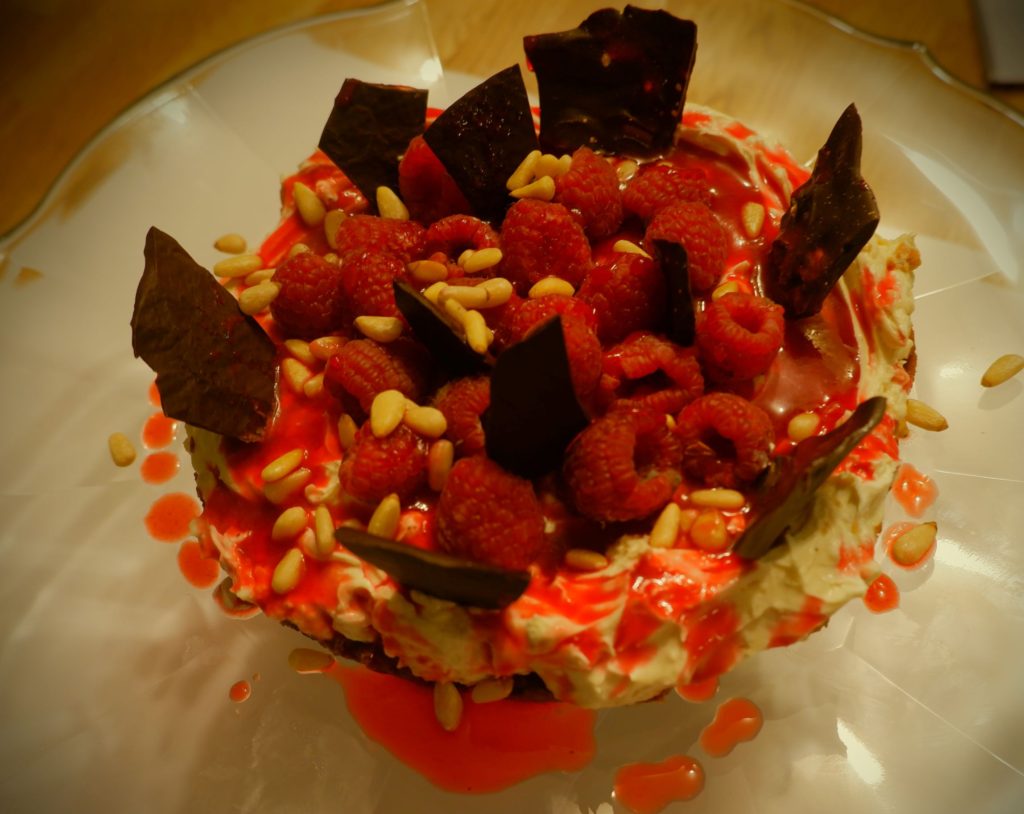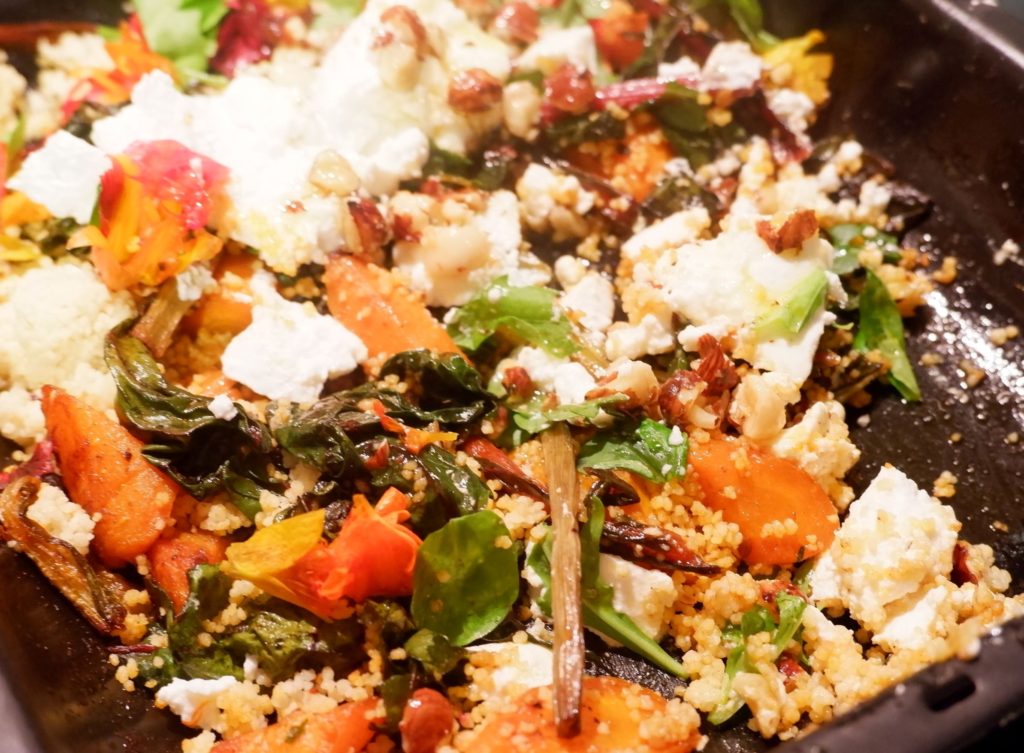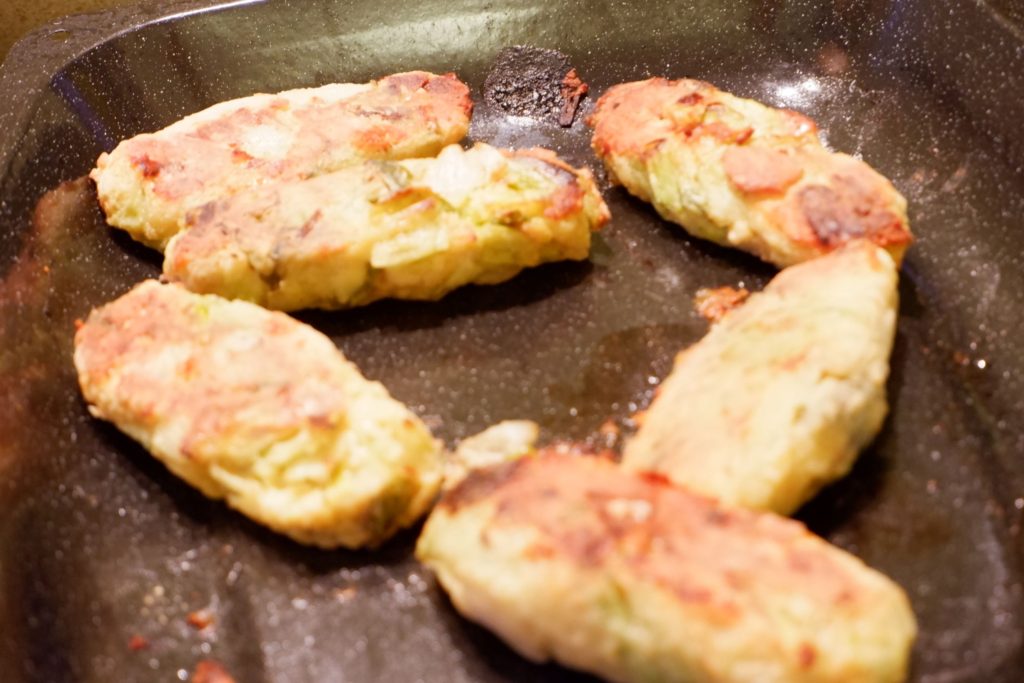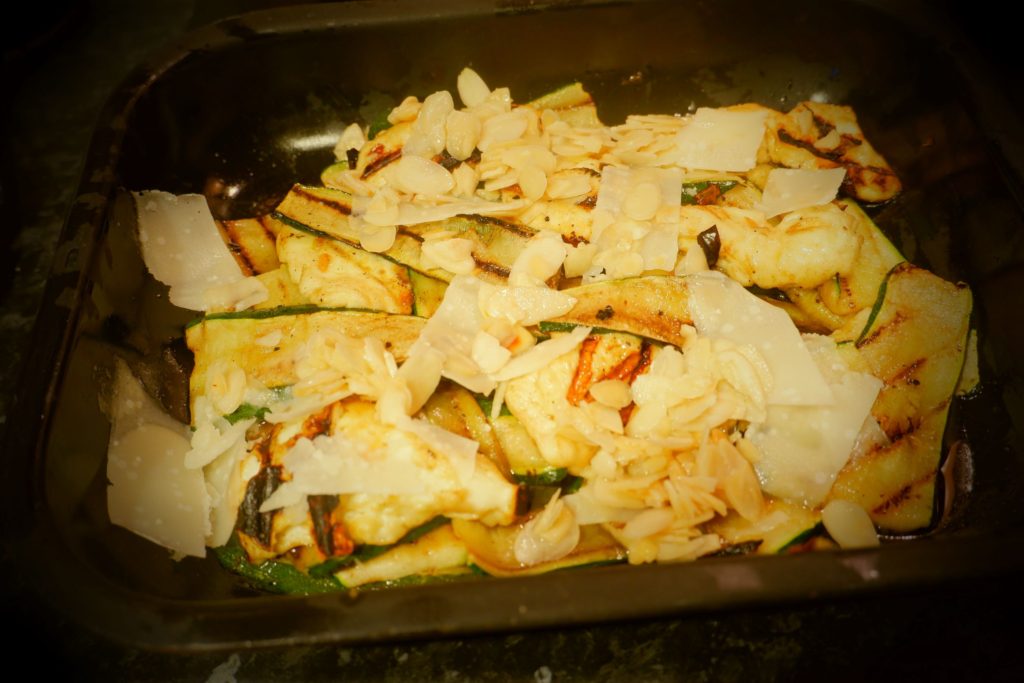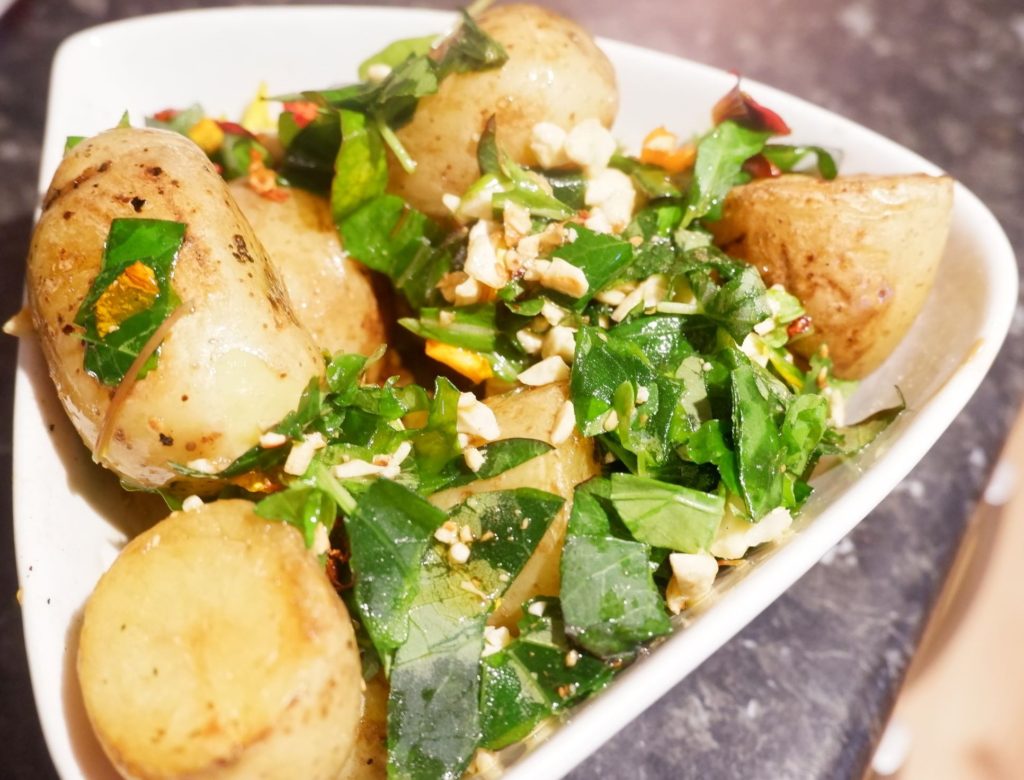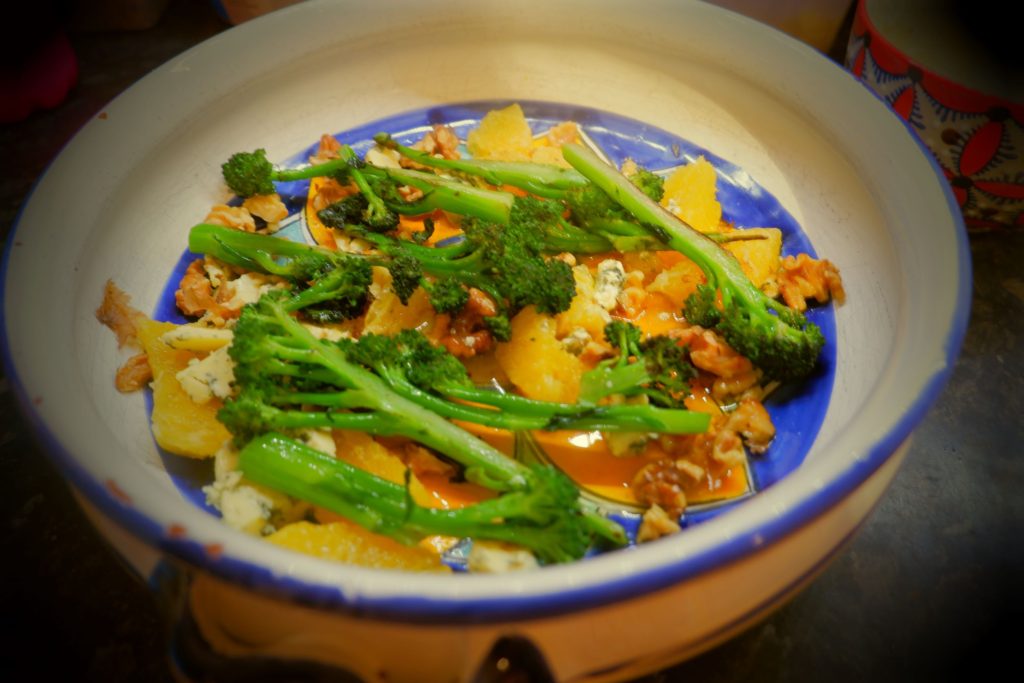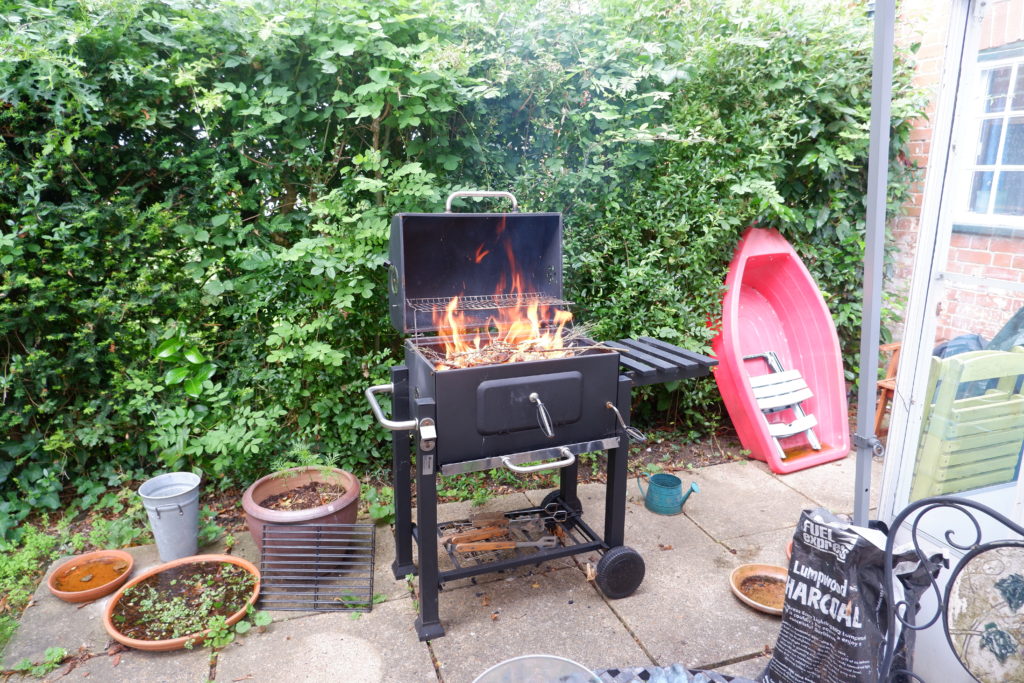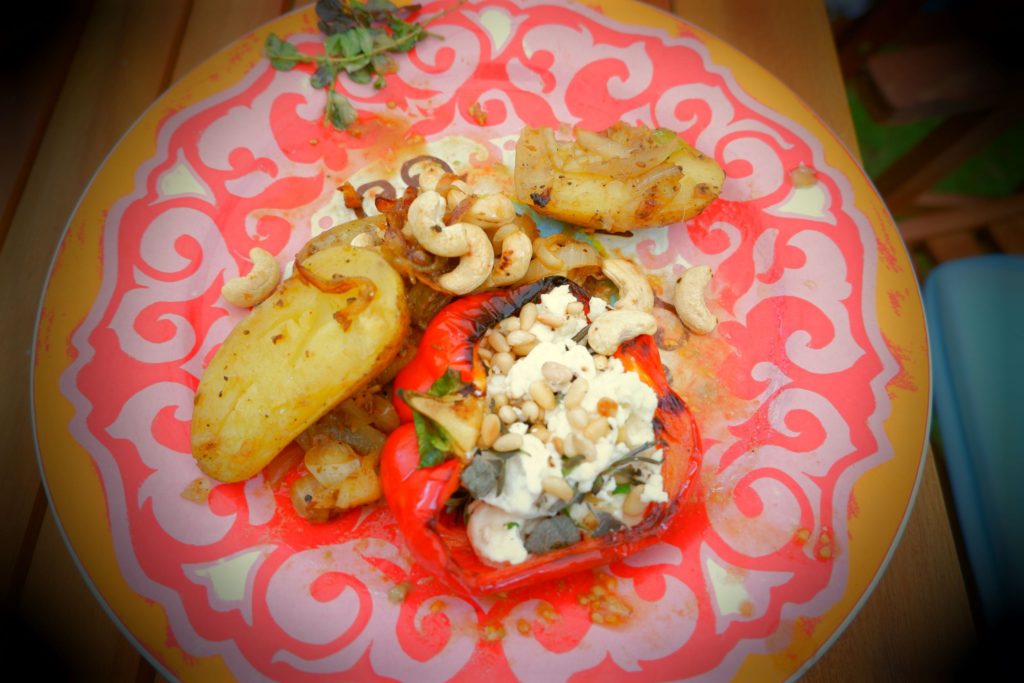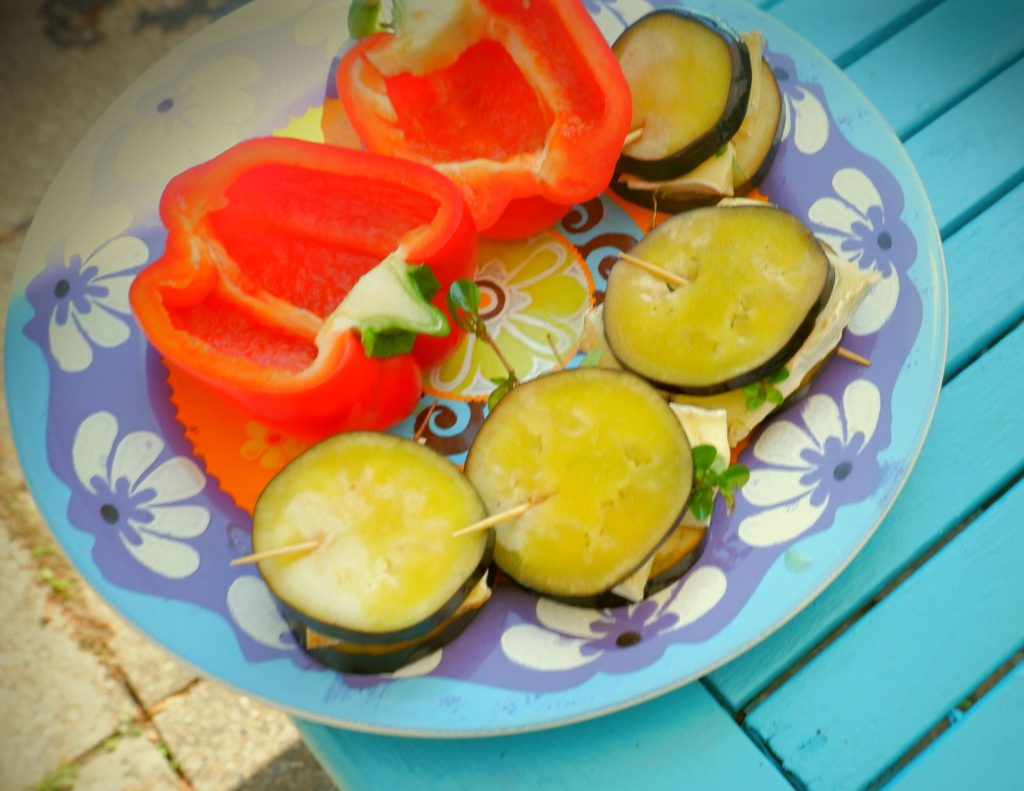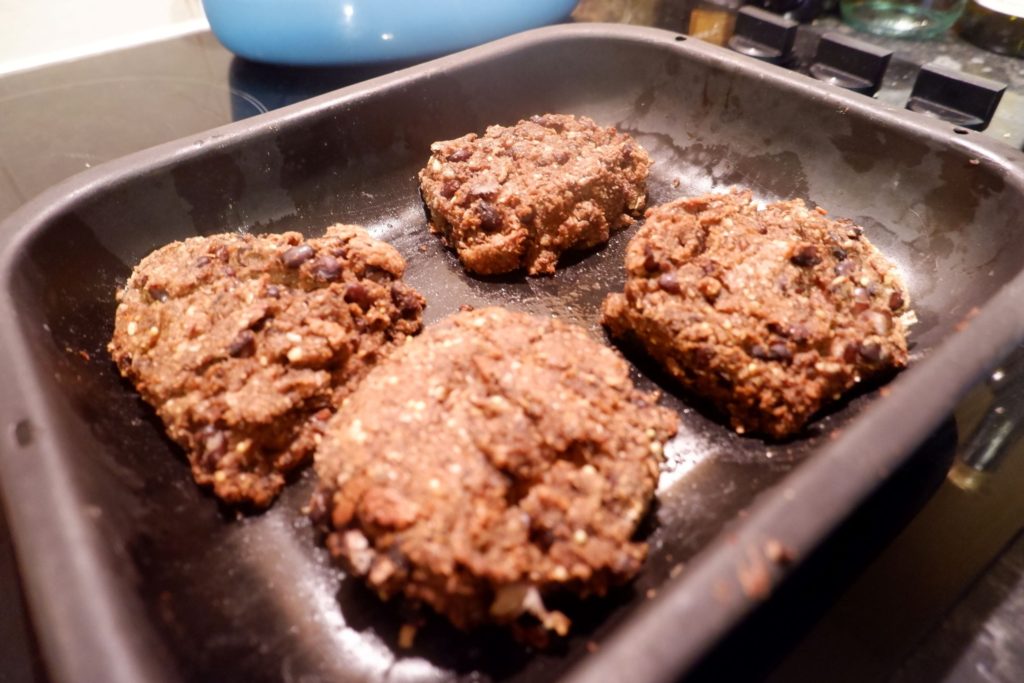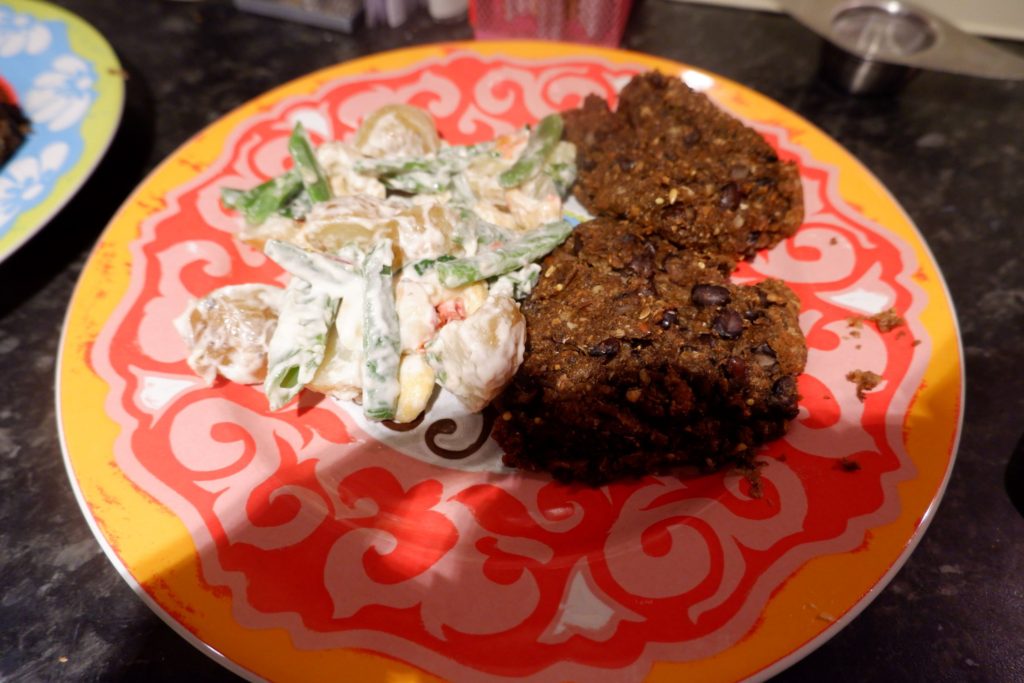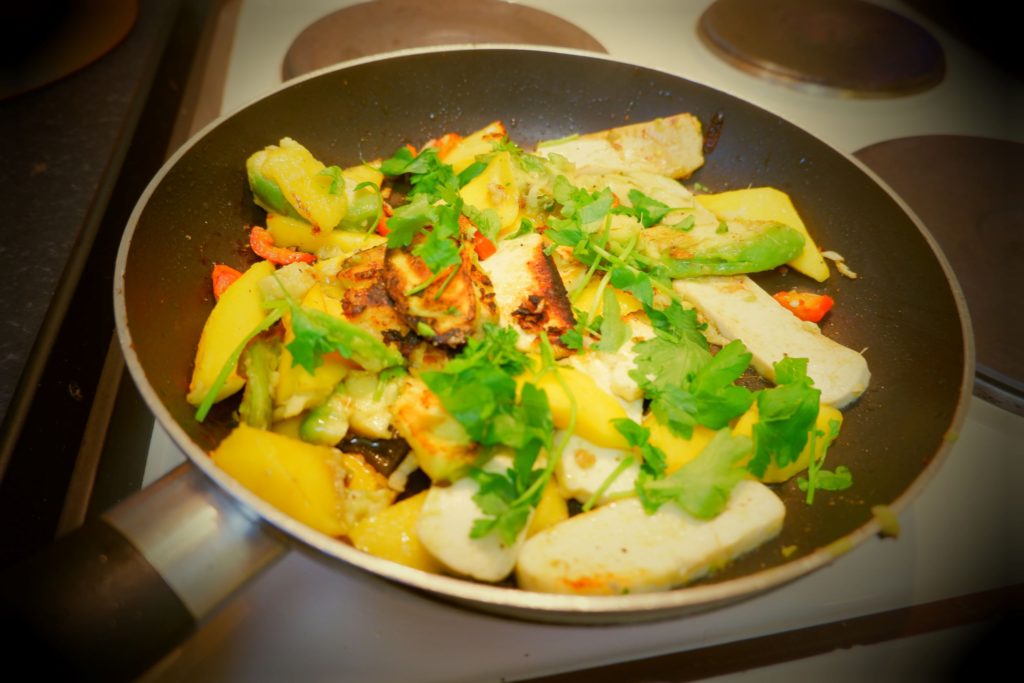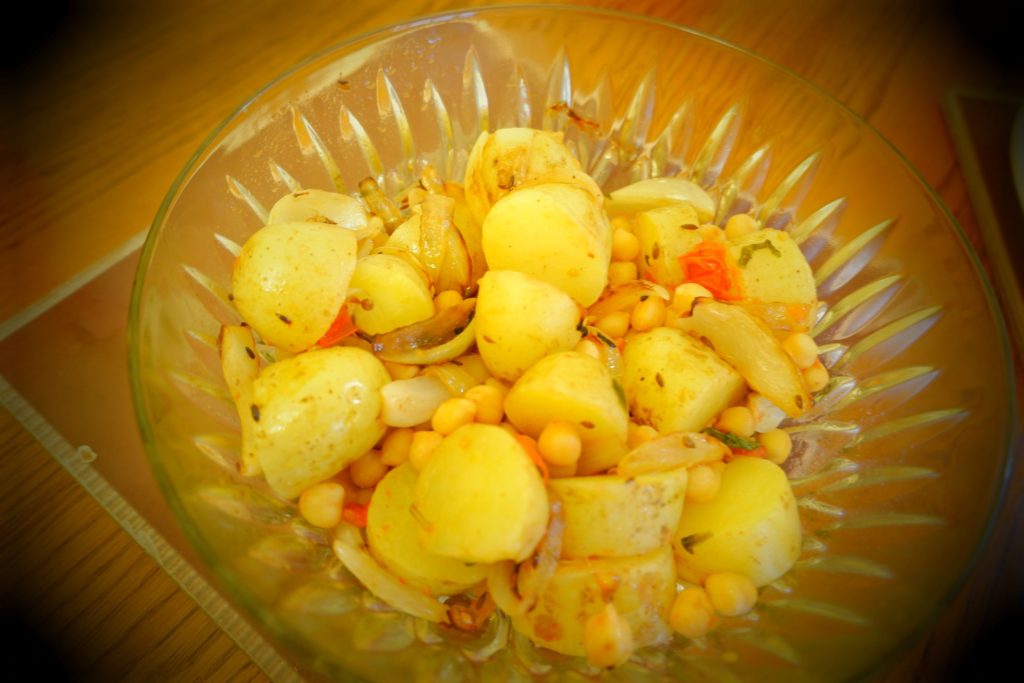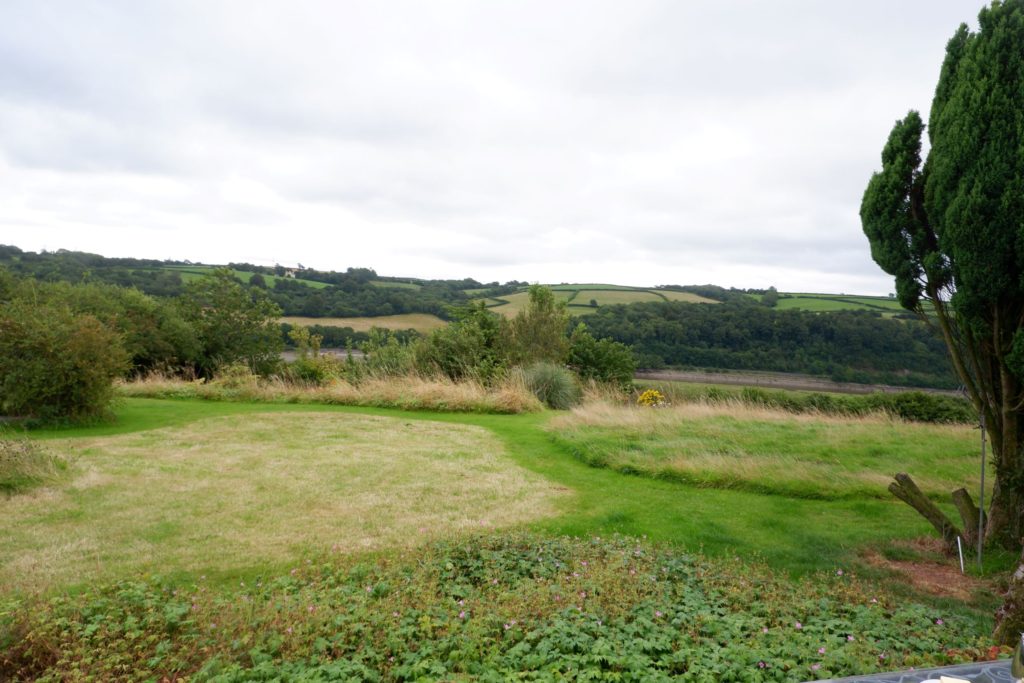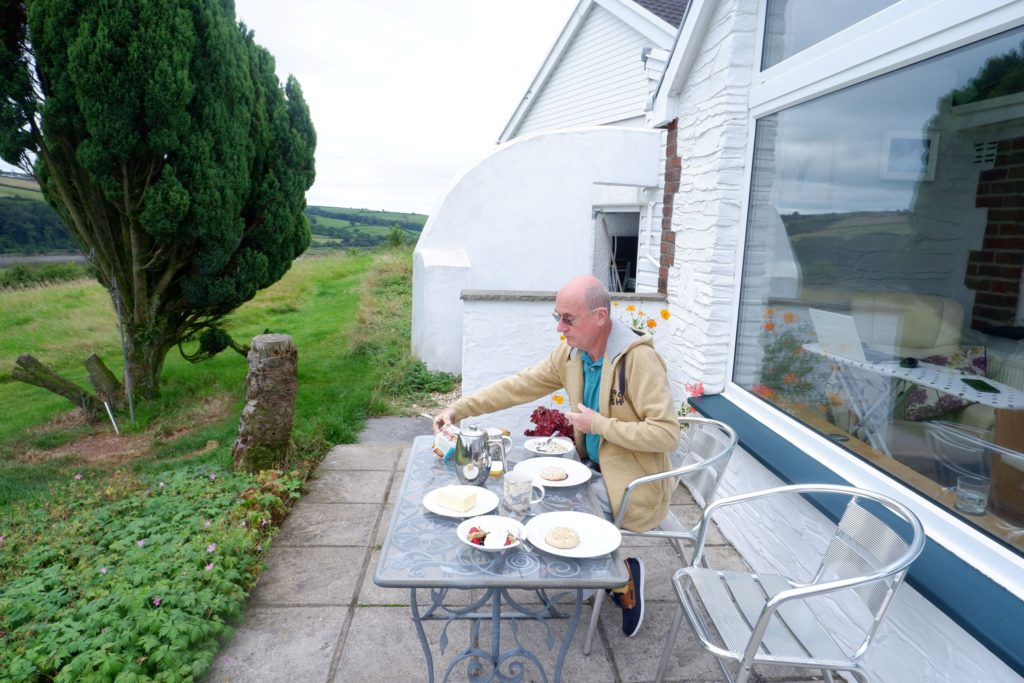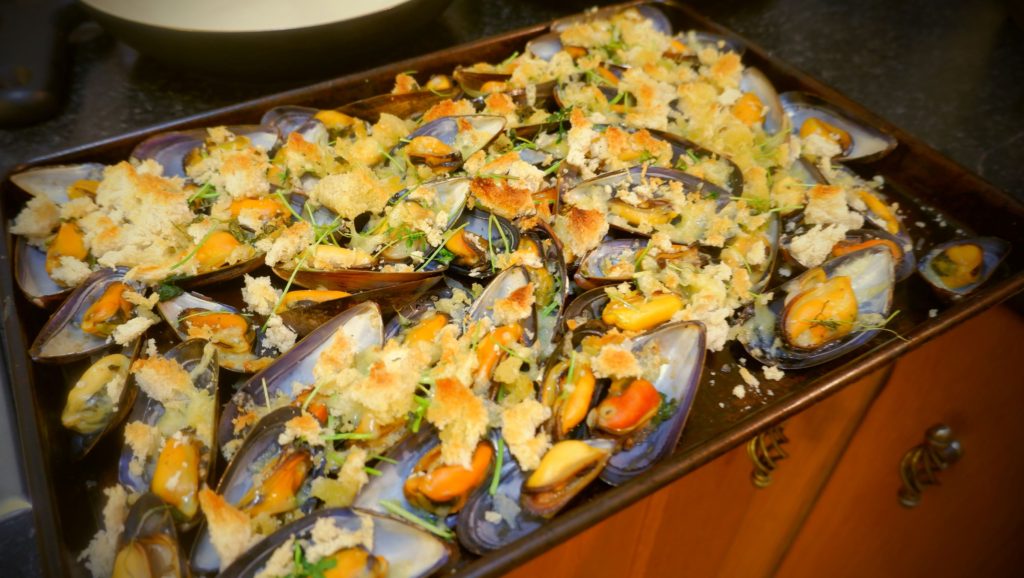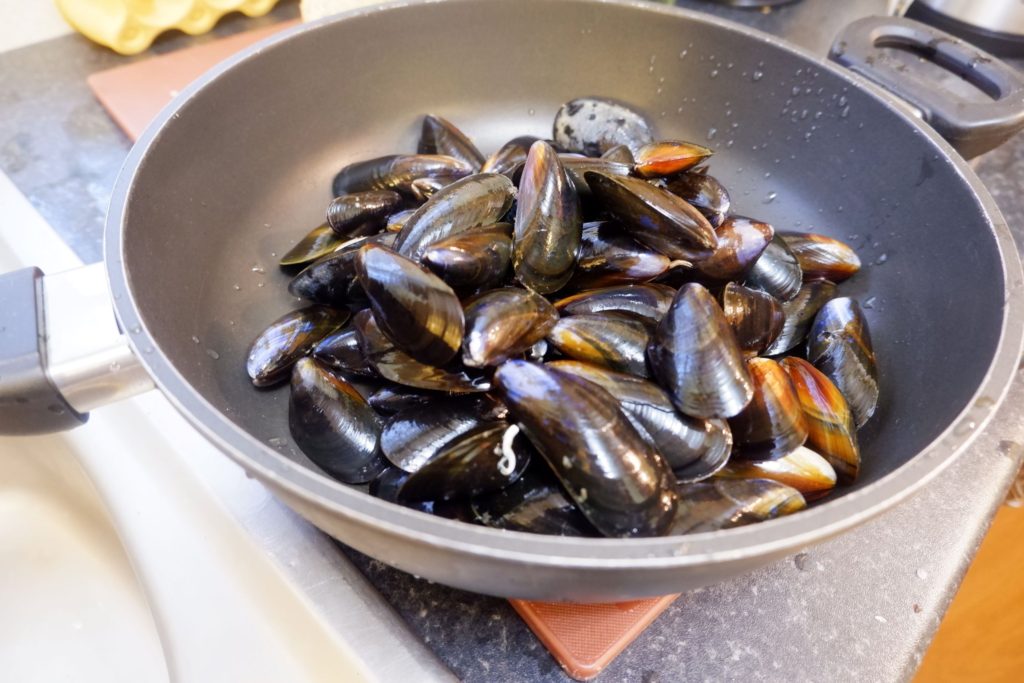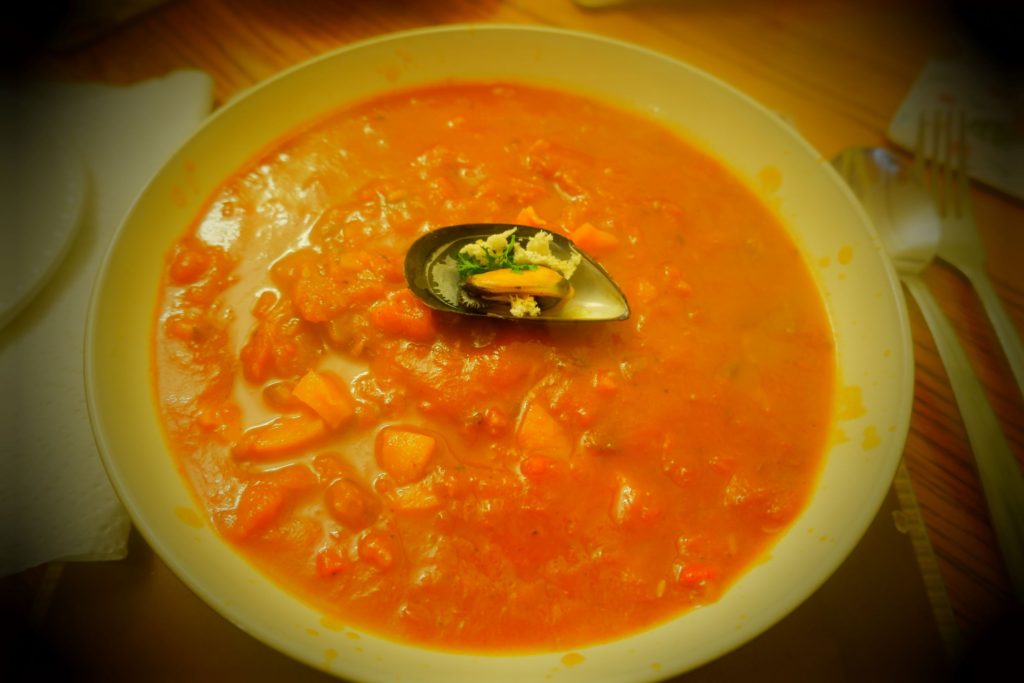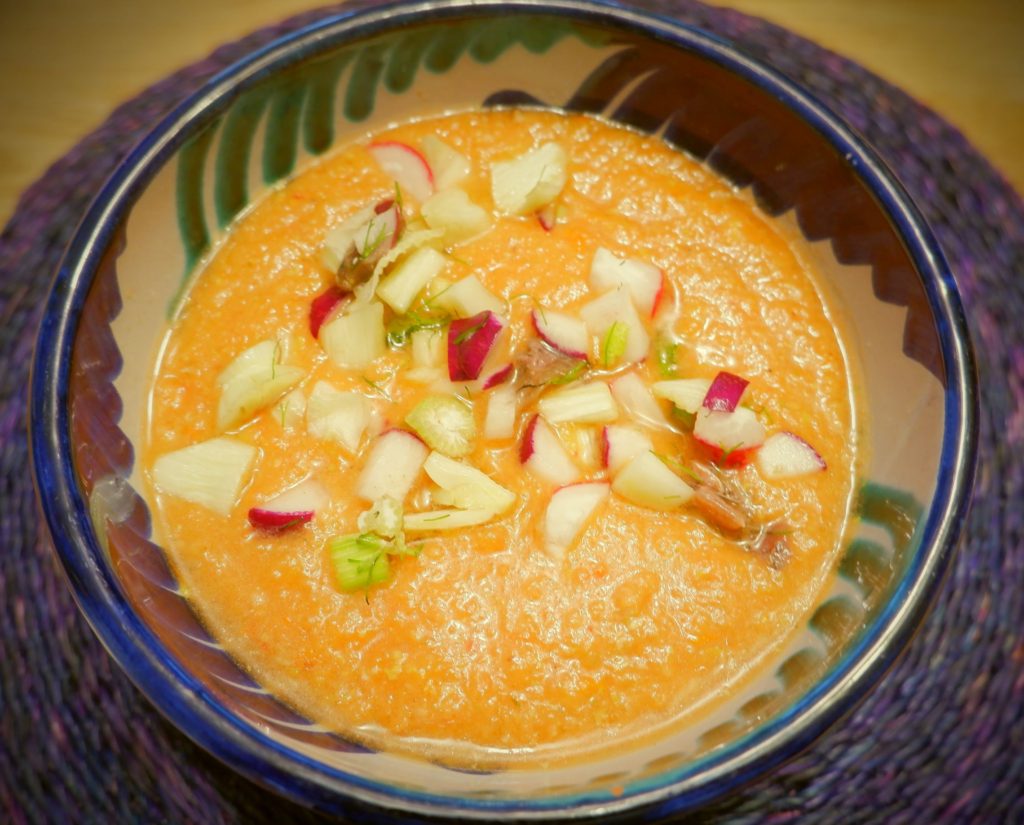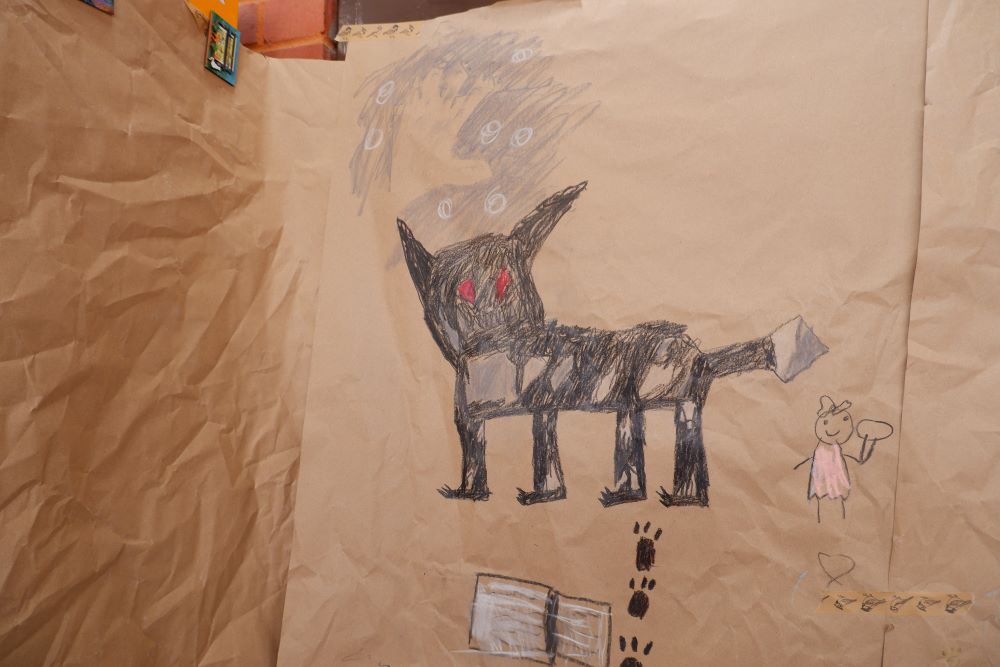
Husband Paul and I were asked to take part in this local event as representatives of MAHS (Maidenhead Archaeological and Historical Society). The theme of the Big Read this year was ‘Step back in time’ so we were keen to be involved. Paul’s expertise in and love of history and my profession as librarian seemed the perfect combination to help to make it memorable. I am also a little obsessed with recycled arts and crafts, making much use of brown paper and old books. I was pretty set on the idea of doing something artistic.
We knew that there would be many fabulous author talks and workshops. The authors included: Rob Lloyd Jones, Martin Brown, Josh Lacey, Ruth Burgess, Rhian Lynette, Simon Mole, Patrice Lawrence, Iszi Lawrence and Kate Poels. There would also be some other storytelling and crafts,
Paul’s first idea was to create a mini dig to show children the kind of work which is going on at the Cookham Abbey Dig in the summer. We had a plan to do some digging in a tent outside the library where we could make a bit more of a mess with sand and dirt! Then we were reminded of how bitterly cold it can be in March…..
He was keen to use some VR headsets to explore this technology and take children on a tour of the dig. At this point I came across a wonderful book by Bridget Marzo based on a real life stone age story. See the details of the book here: Mo’s Best Friend Essentially the story is of the discovery of some dog and child footprints walking together at the Chauvet caves in France in the 1990s. From this an idea was born to read the story to children and then to invite them to create small ‘cave paintings’ of their own or contribute to a large collaborative picture on the wall. I decided that scrunched up brown paper would be very ‘green’ and would mimic best a cave wall. For drawing materials I chose chalk, crayons and black and grey pastels.
Then by a happy coincidence Paul was looking on the Chauvet caves website and found a VR experience which has been created; you can have a tour of the caves in the safety of your local library or living room! In fact a new cave experience has been created in Chauvet so save causing damage and deterioration to the real caves. We now have it on our list to pay a visit soon! Take a look at the website for more information: Chauvet Caves For the moment though the VR experience would have to do. Our fellow committee member of MAHS and technological expert, Rob Evans, made sure that all would run smoothly for using the Chauvet Cave experience as part of our offering at the Big Read.
For this event we did not have to do any publicity as there would be a captive audience of keen children and their parents coming to events at Maidenhead Library on Saturday 2nd and Sunday 3rd March. We offered a whole ‘Cave Experience’ with children invited first to hear the story of the Chauvet Caves, then to do some cave art and finally to walk through the caves themselves.
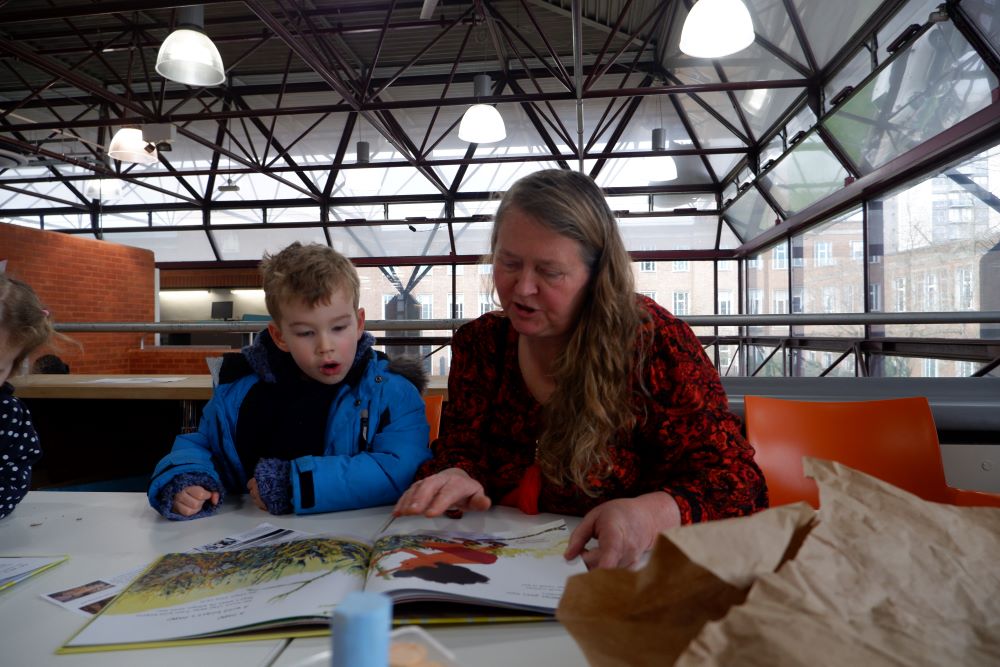
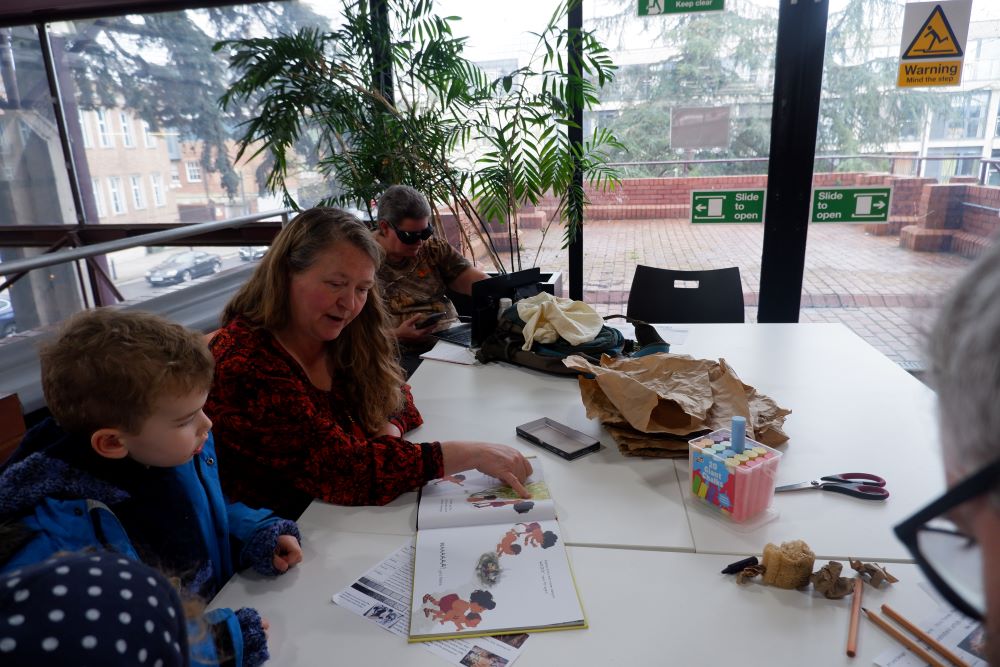
All in all it was a very successful weekend. I also enlisted the help of Phyllida Shelley-Smith, local artist, who has been artist in residence for the summer Cookham Dig. she came along on Sunday to give some more expert guidance on creating cave drawings and re-created the dog in the story on our mini cave.

One of the highlights of the week was talking to a boy in Year 9 from a local special school who was on a ‘Tech break.’ His carer insisted that he should not take part in the VR experience for this reason but he really engaged with the story and art. It is my firm belief that no-one is too old for a great story told with pictures, so I was not concerned about having a wide range of ages of children taking part in my activity.
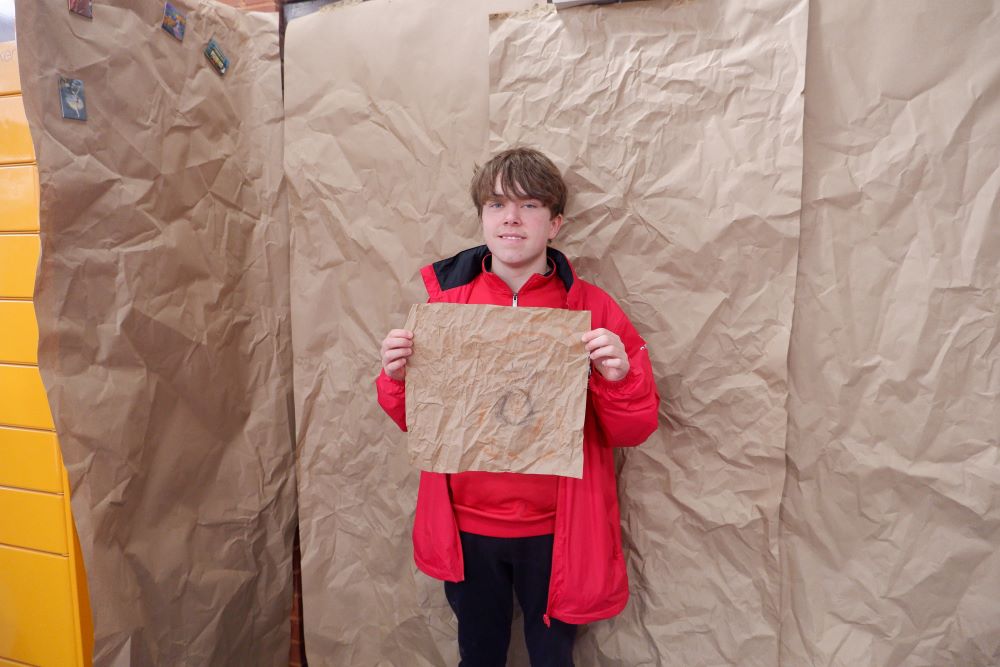
Another highlight for me was having a chat with Martin Brown, Horrible Histories illustrator. We had a fascinating conversation about stories and pictures and agreed that pictures are so powerful and that the concept of ‘growing out of’ the need for pictures in stories is a sad concept. Just look at the growth in popularity of graphic novels for teenagers and adults. I invited him to add a picture to our cave art and said that he would have to sign it with his name and age. I had already done this for my very bad fish contribution! See photos below.
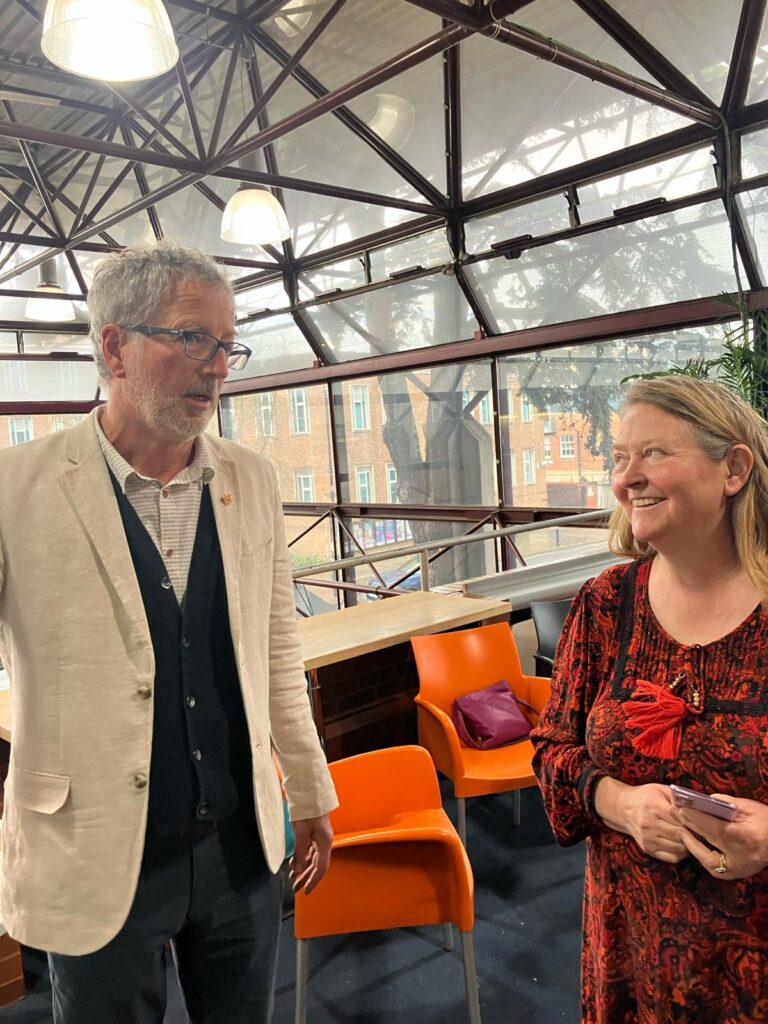
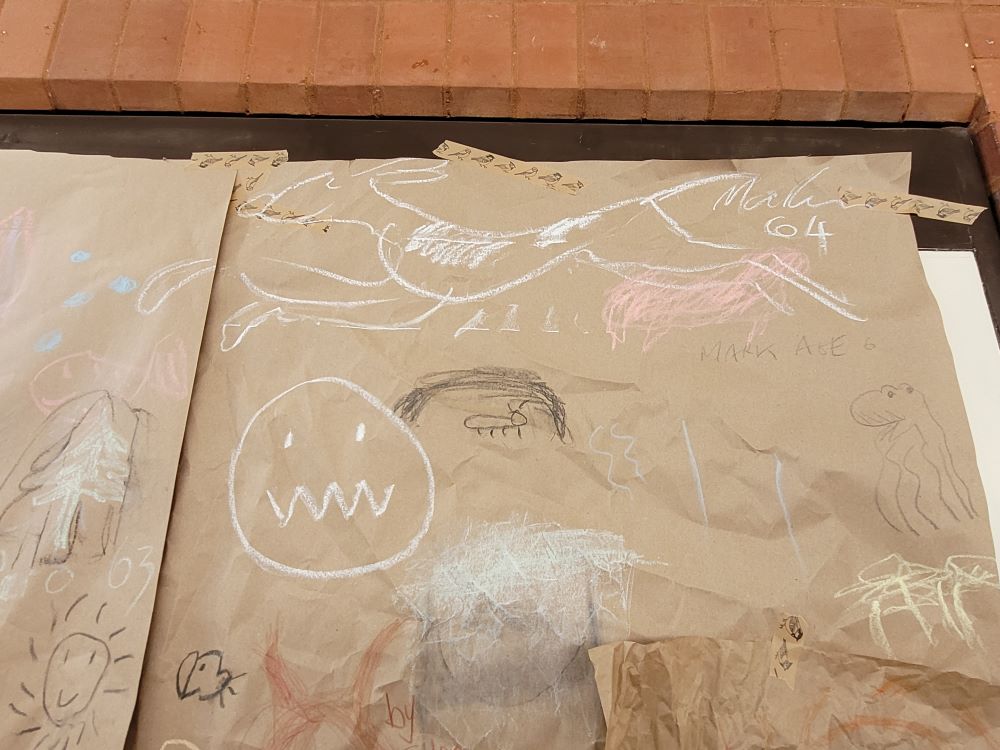
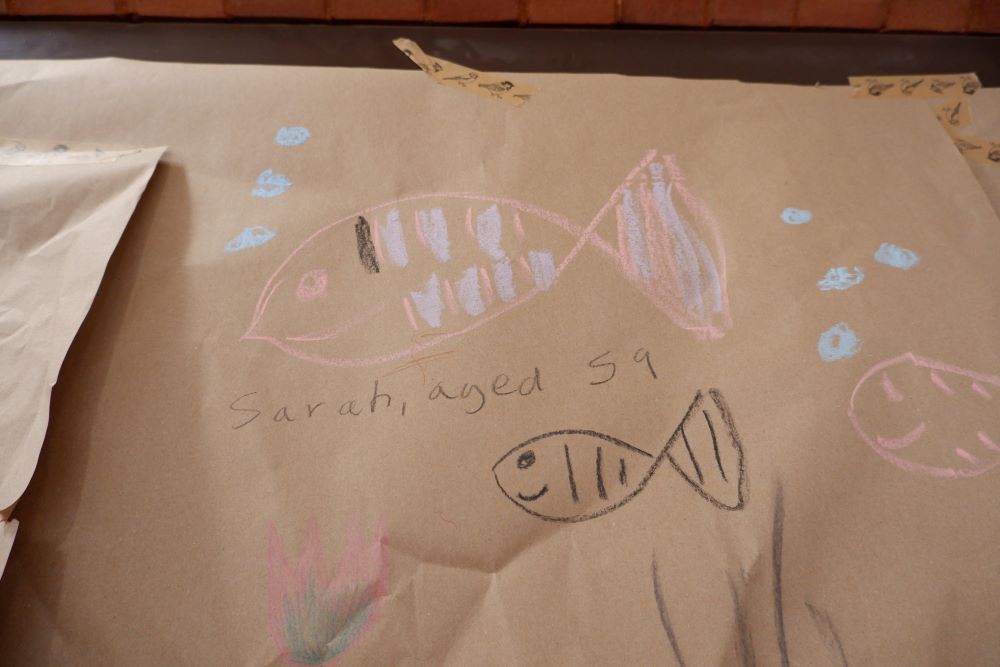
The VR experience was extremely popular too and all were full of admiration and wonder for the opportunity to take part. Paul and Rob were really busy issuing head sets and explaining how to navigate the walking through of the caves. They actually did it as a sit down experience, as to truly be free and walk around as in a cave, you have to be very careful not to have any furniture around which could be a potential trip hazard!
We had volunteers from MAHS to help both with the story, art and VR experience, so that we could go and have some proper food and rest breaks.
Here are some more photos of the art we created over the weekend. Permission was given by parents of course to photograph their children.
